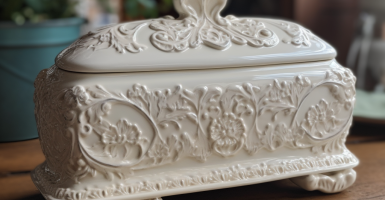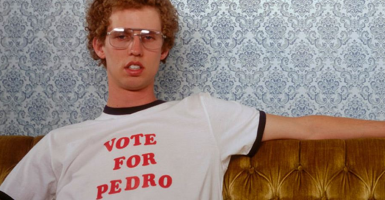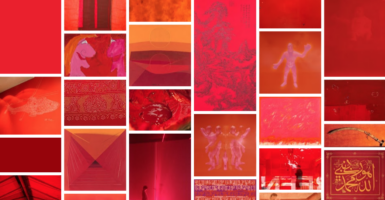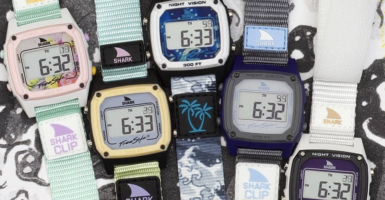Stars That Were Hollywood’s Most Iconic Hippies
Merriam-Webster defines a hippie as, “A usually young person who rejects the mores of established society (as by dressing unconventionally or favoring communal living) and advocates a nonviolent ethic.” You may be surprised at how many Hollywood figures fell into the category during the 1960s. While some artists like John Lennon were overtly a part of the movement, others fell into the category by circumstance rather than agenda. Some stars matched the style, like boho model Talitha Getty, while others clashed with it, like squeaky-clean Sonny and Cher. Let’s take a look at some of the biggest hippie stars of Hollywood, and how they fit into the hippie movement. Keep reading to learn more!
Gloria Steinem
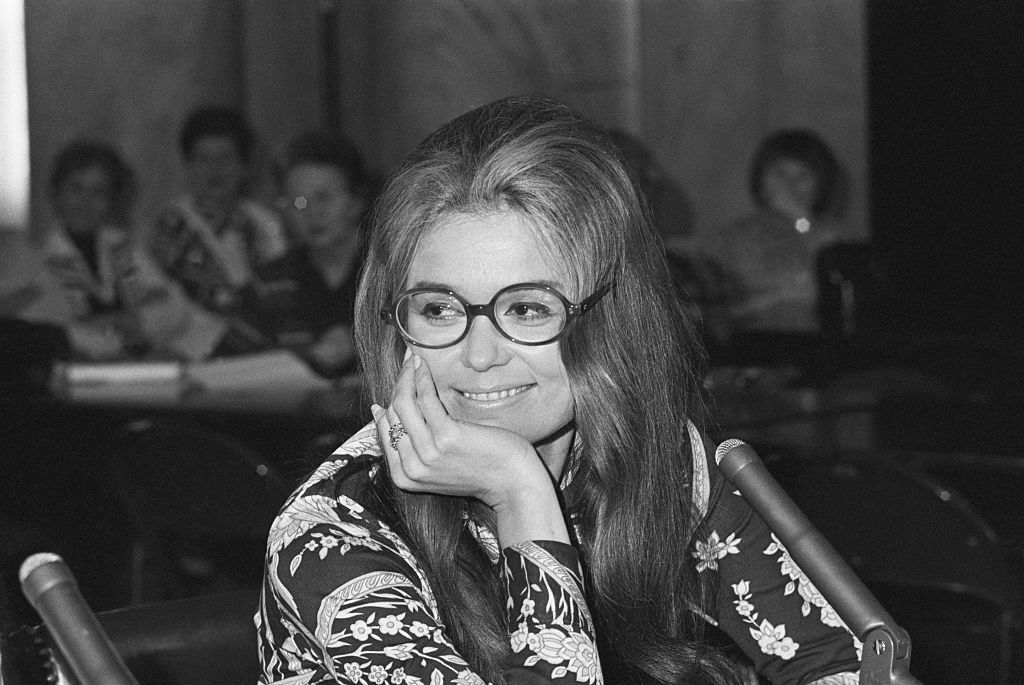
Gloria Steinem was widely recognized during the hippie movement as a feminist leader. The journalist wrote in a candid voice that resonated with many Americans. Like a true hippie, she protested the Vietnam War by pledging not to pay her taxes.
The same year as Woodstock, Gloria published “After Black Power, Women’s Liberation,” an article that earned her national attention. She also co-founded Ms. magazine in 1971, which certainly earned her a spot as one of the most fundamental leaders during the hippie movement.
Yoko Ono
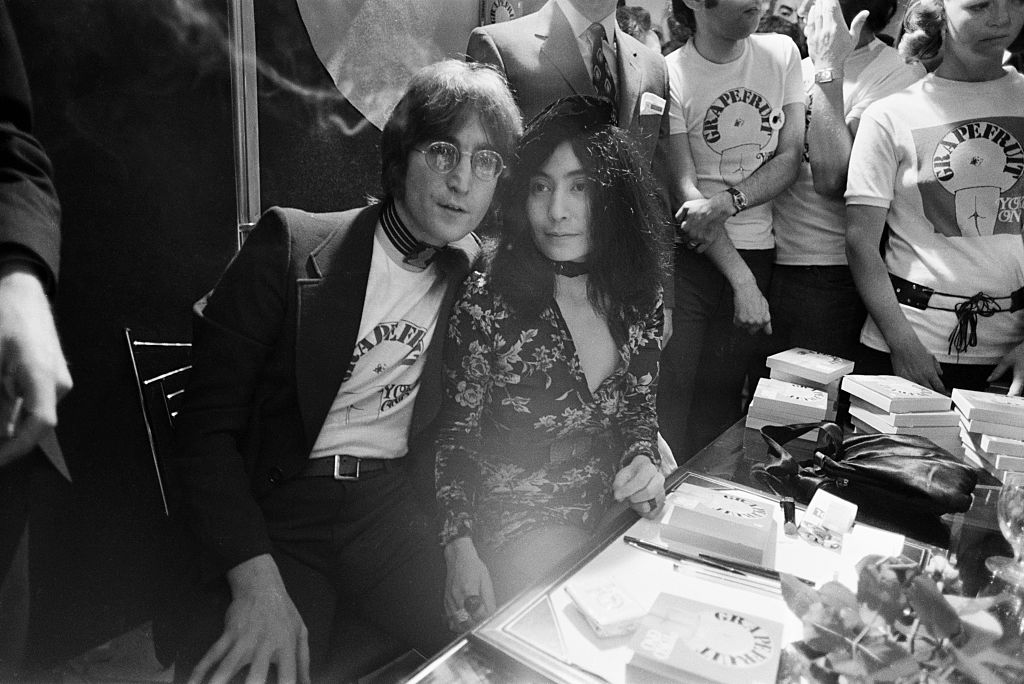
Artist, singer, and songwriter Yoko Ono rose to the limelight during the hippie movement as an activist and the wife of John Lennon. The two quickly became one of the most well-known couples of the era.
The pair was rarely apart and used their joined forces to fight for peace. Yoko has created art for decades and continues to use her voice to promote human rights and positive change. Her style and mindset embody what the hippie movement was all about.
Janis Joplin
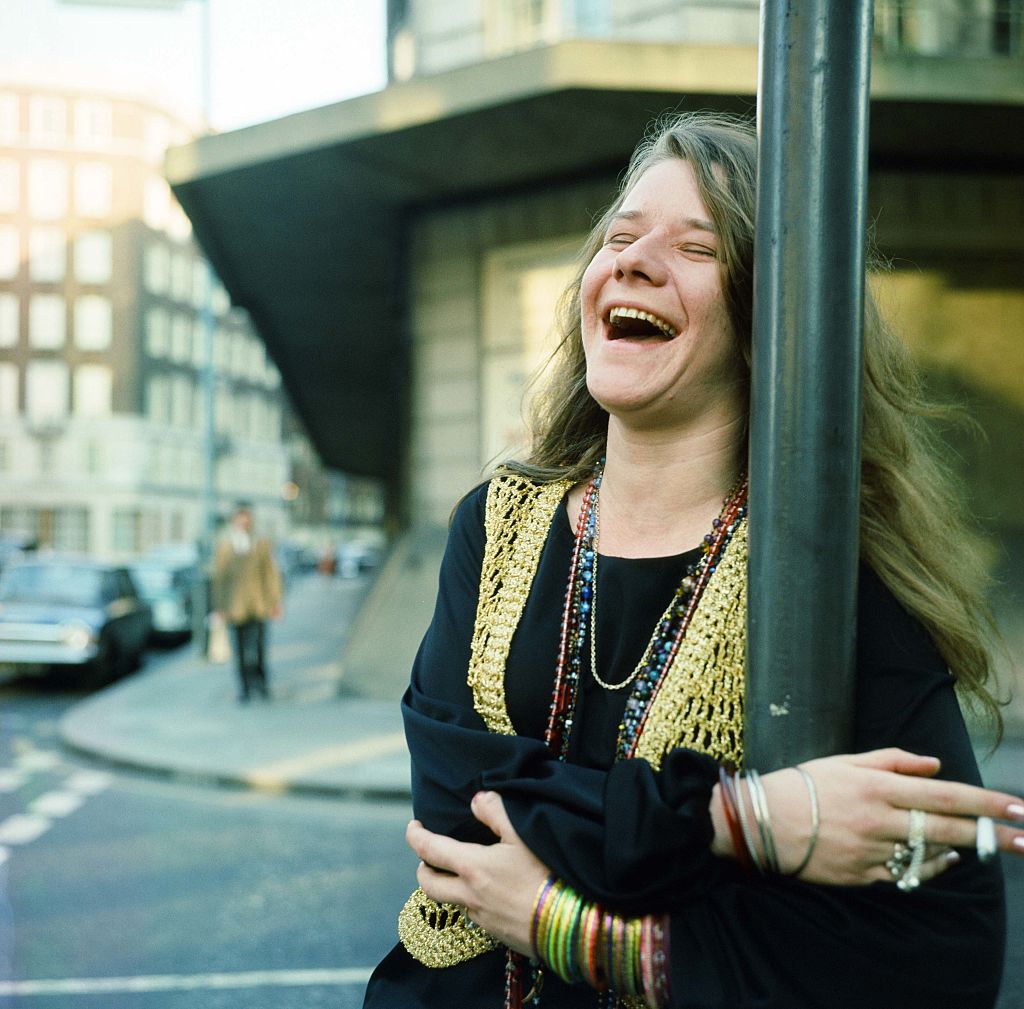
One of the most quintessential hippies of the time was Janis Joplin, who not only supported the hippie message, but lived it. Having grown up as an outcast, Janis was a troubled rebel by nature. Fortunately, she found solace and appreciation in the world of music.
In the late ’60s, she was living in a commune with bandmates and partying with The Grateful Dead. Her incredible performances blew fellow musicians away. She embarked on her solo career in 1969, the same year she performed for an audience of supportive hippies at Woodstock.
Abbie Hoffman
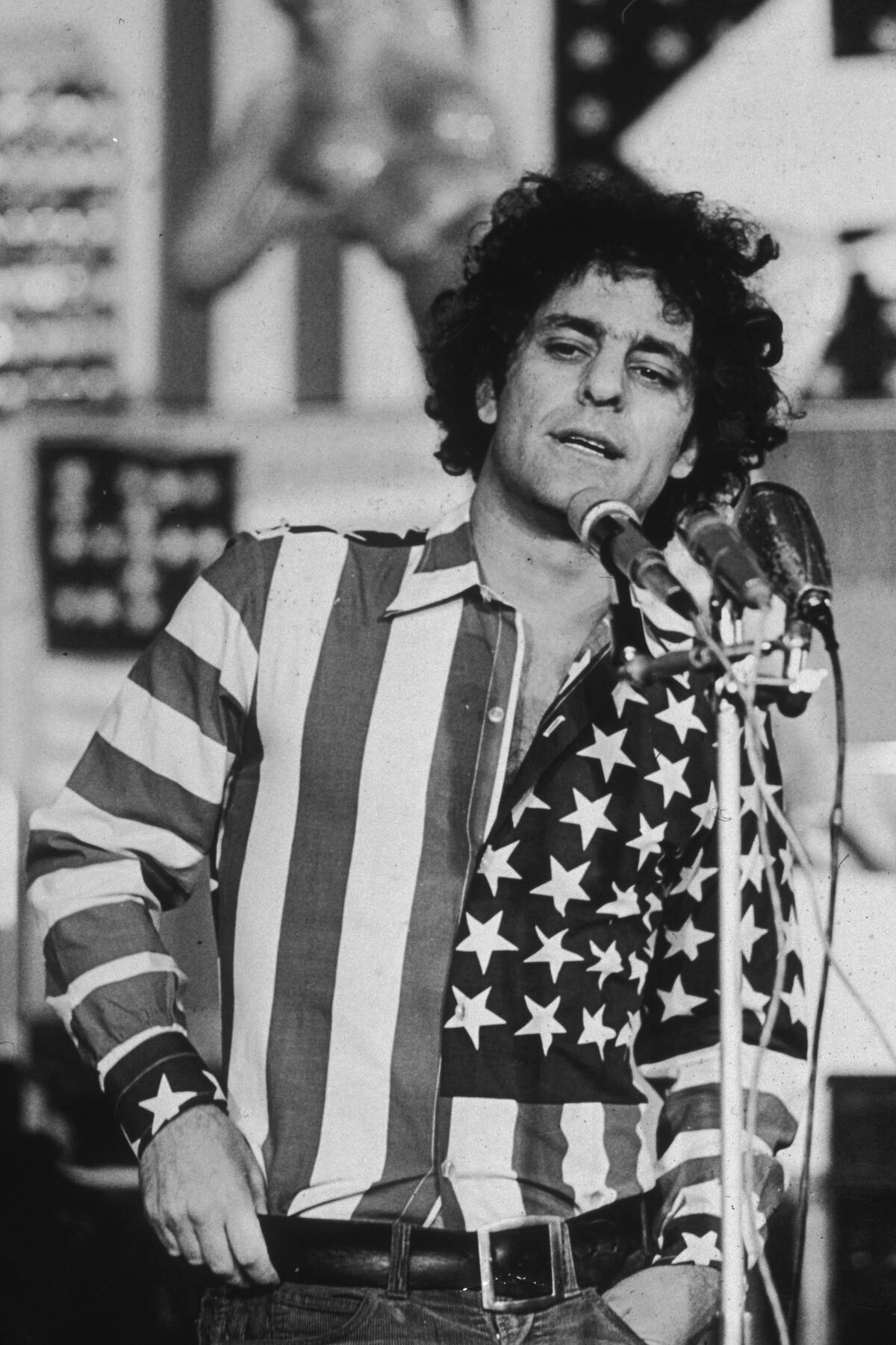
Abbie Hoffman was a prominent anti-war activist during the ’60s and ’70s who could not only call himself a hippie with unimpeachable credibility but practically invented the concept. That was because, in addition to being a key figure in the Flower Power movement, he co-founded the radically counter-cultural Youth International Party, whose members were colloquially called “yippies.”
Naturally, this made him a target of the establishment, which was documented in the proceedings of the kangaroo court-like trial of the Chicago Seven, where he was among those accused of crossing state lines to incite a riot. Even this shirt saw him charged for desecrating the flag in 1970.
Timothy Leary
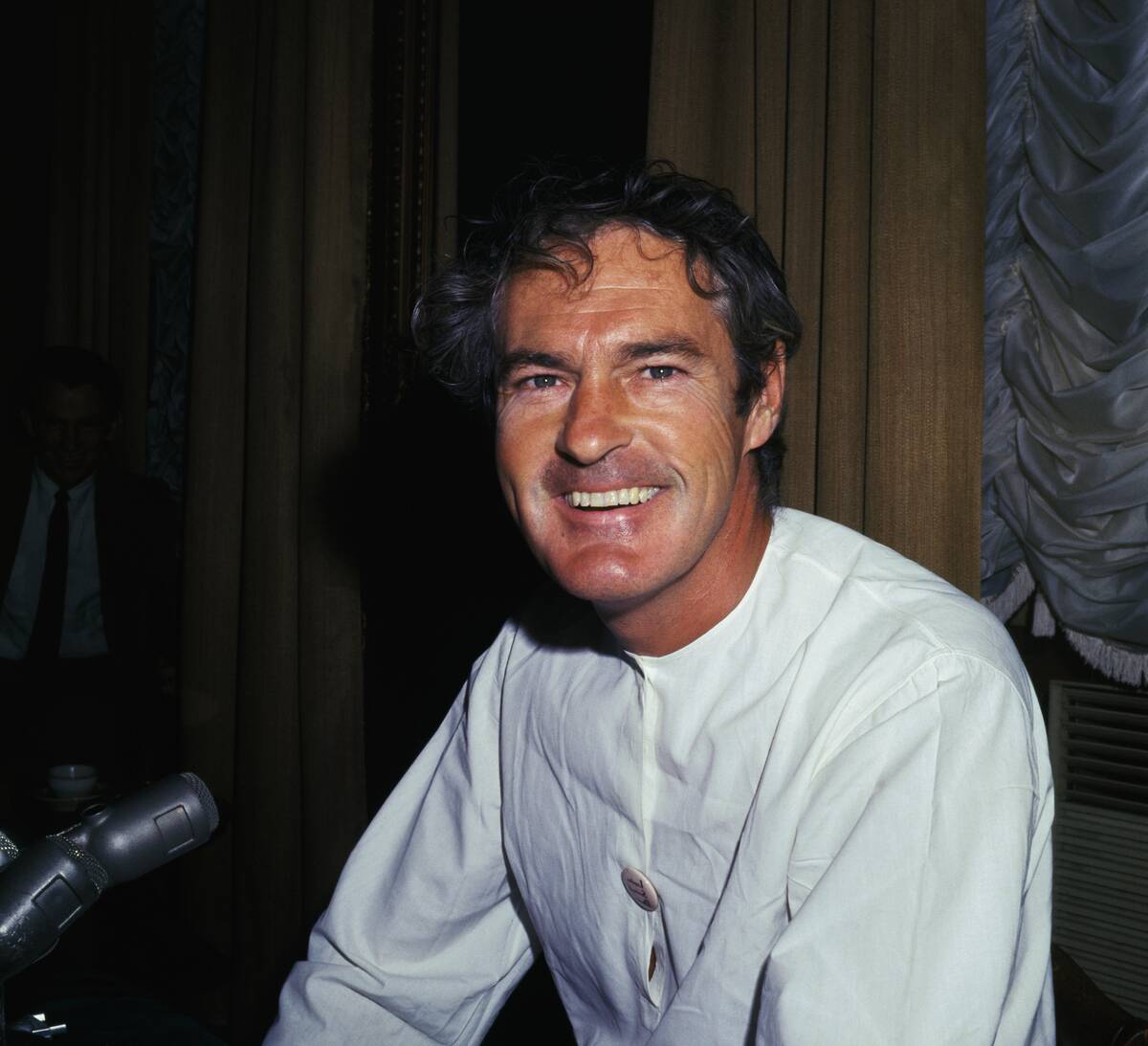
Although Timothy Leary could once be described as a traditional psychologist, he was driven to the hippie movement after observing the potential for silocybin mushrooms to treat psychiatric ailments. As he became a figure in the movement, however, his use of LSD and other substances intensified, and his views became more radical.
While the term “set and setting” to guide peaceful experiences with these substances can be attributed to Leary, he was also known for encouraging youths to think for themselves and question authority. Most infamously, he encouraged them to drop out of school in the well-known catchphrase, “Turn on, tune in, drop out.”
Wavy Gravy
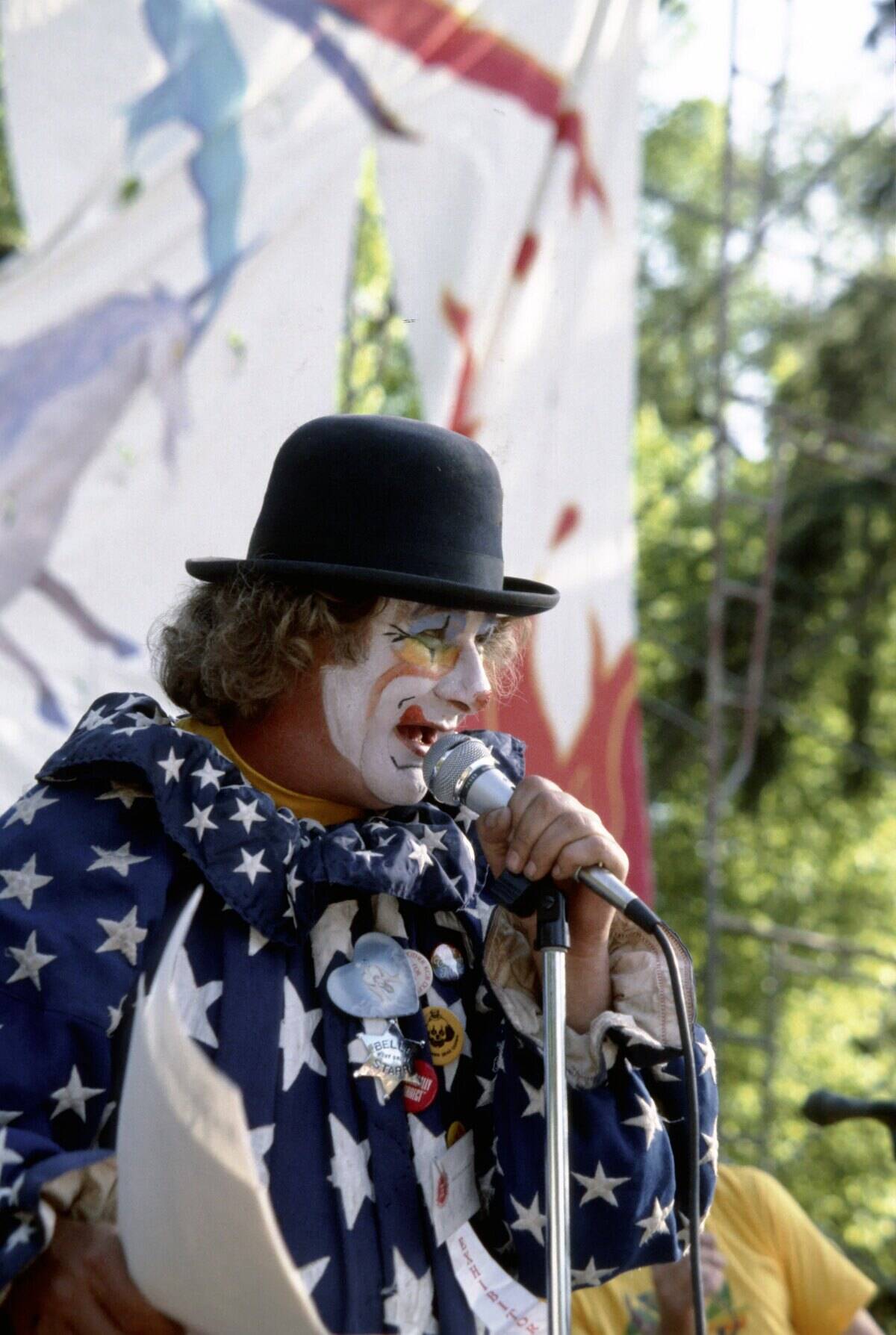
Within the hippie movement, Wavy Gravy earned deep respect for establishing the famous Hog Farm commune in California. He and his associates were also known to travel in converted school buses, which would become as emblematic of the hippie movement as Volkswagen Type 2 buses.
However, he become even more widely known after his Hog Farm associates provided security, food, and other forms of support during the Woodstock Festival of 1969. Considering the organizational failures at the top of both that festival and the subsequent ones bearing its name, Wavy Gravy can likely share a lot of the credit for the fact that it turned out as well as it did.
Allen Ginsberg
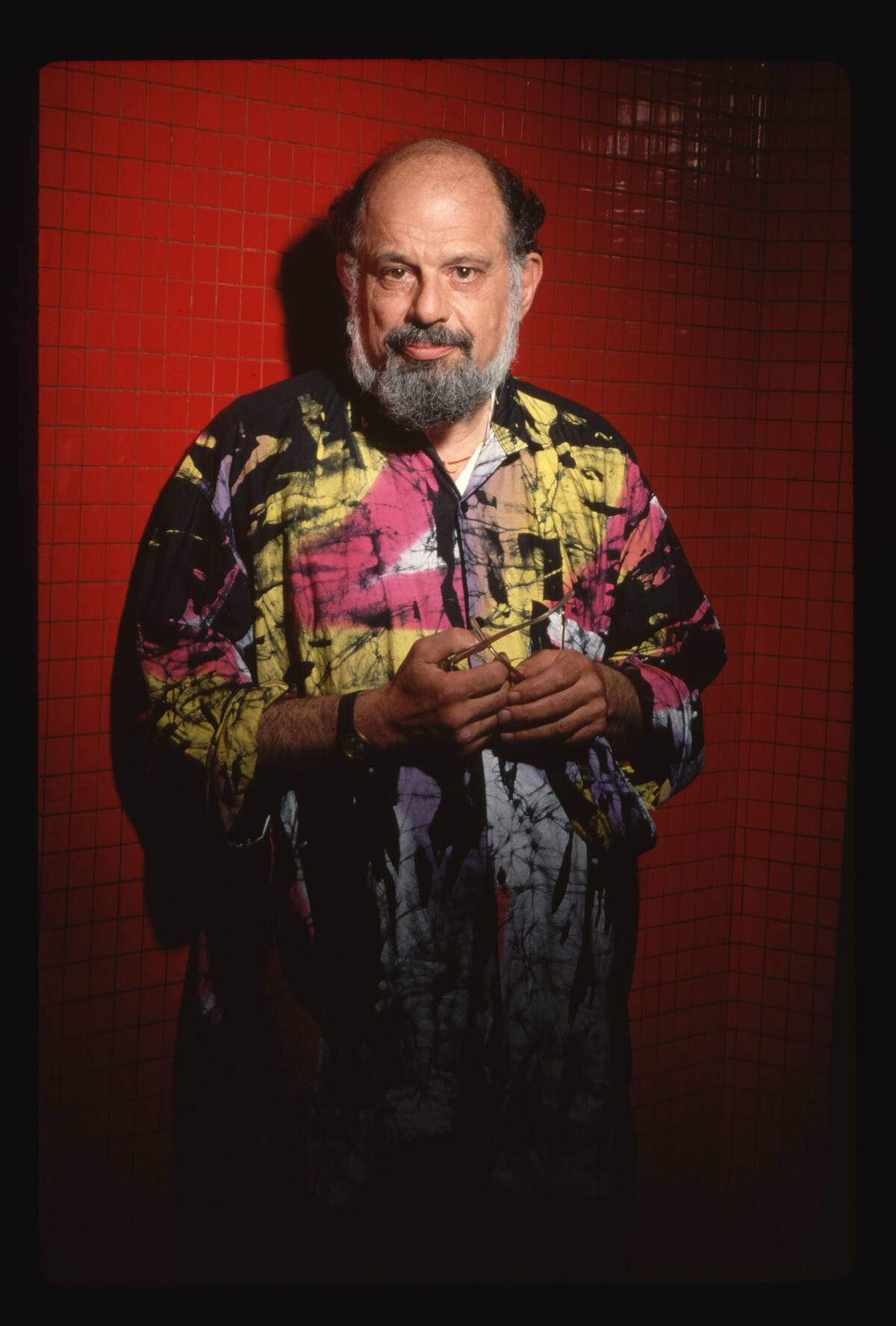
Although Allen Ginsberg was a beat poet in the ’50s who could be said to inspire the hippie movement in many ways, he also embraced it much more enthusiastically than his beatnik contemporaries like Jack Kerouac and William S. Burroughs.
He made this allegiance clear during the precursor to the famous “Summer of Love” in 1967, as the same January event called the “Human Be-In” that saw Timothy Leary spout his most famous catchphrase in San Francisco’s Golden Gate Park also saw Ginsberg address the crowd of 20,000.
Cher

Cher has left a prominent impression on most decades, but it all started with the ’60s. Her first smash hit was “I Got You Babe” alongside Sonny Bono. However, the pair began to lose their hippie audience due to their “square” lifestyle.
While Cher did dress scandalously at times, the duo was otherwise considered bland compared to the daring music and lifestyle of other artists. All the while, Cher’s solo albums proved to be more successful than their collaborations. Ultimately, the couple split, allowing Cher to evolve into the groundbreaking star she was born to be.
Jane Fonda
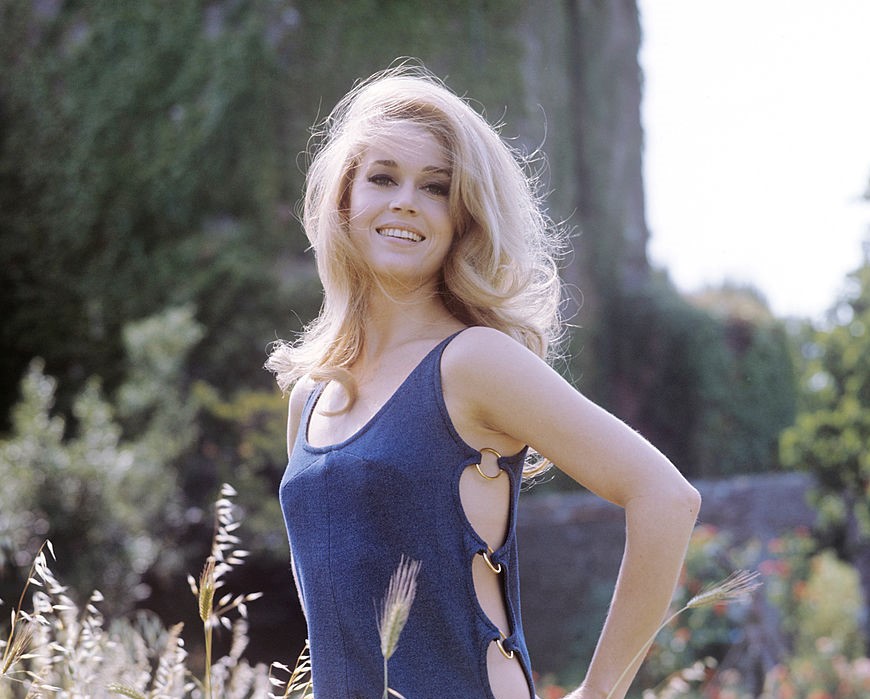
Born to an actor and a socialite, Jane Fonda was quickly regarded as a lovely and gifted actress. However, no one could have known the fire she held inside that would ultimately lead her to participate in several protests over the decades.
Beginning in the ’60s, the actress supported the Civil Rights Movement and opposed the war. She carefully balanced her acting career with life as an activist in the spotlight and has maintained her fervor for change ever since.
Carly Simon
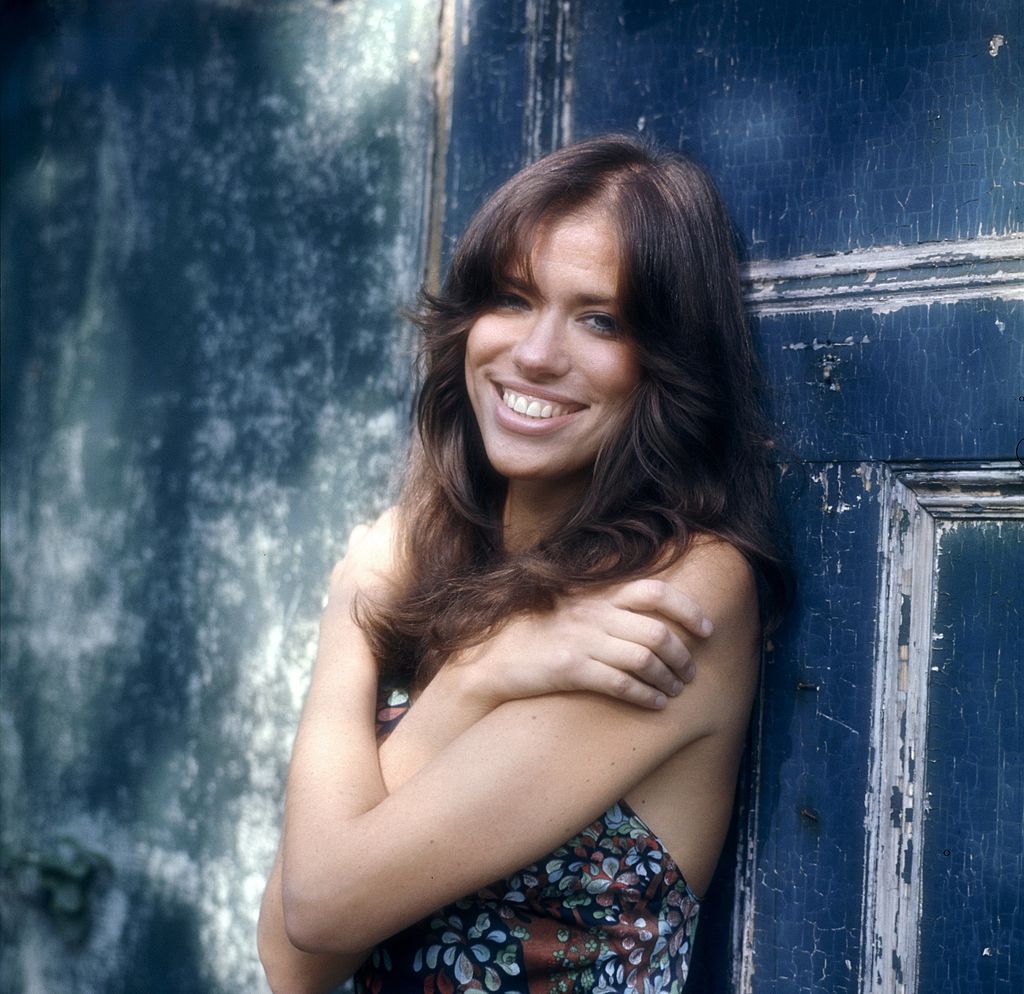
If you’ve ever heard the persistently popular song “You’re So Vain,” then you’ve listened to one of Carly Simon’s biggest hits. The singer was at the top of her game in the 1970s, and her style certainly evoked the hippie culture. Right out of the gates, Carly won a Grammy for Best New Artist.
Throughout the decade, she became regarded as one of the top songwriters in the business. While her music wasn’t as politicized as some other artists of the time, it did offer another empowered, female voice to the era.
Goldie Hawn
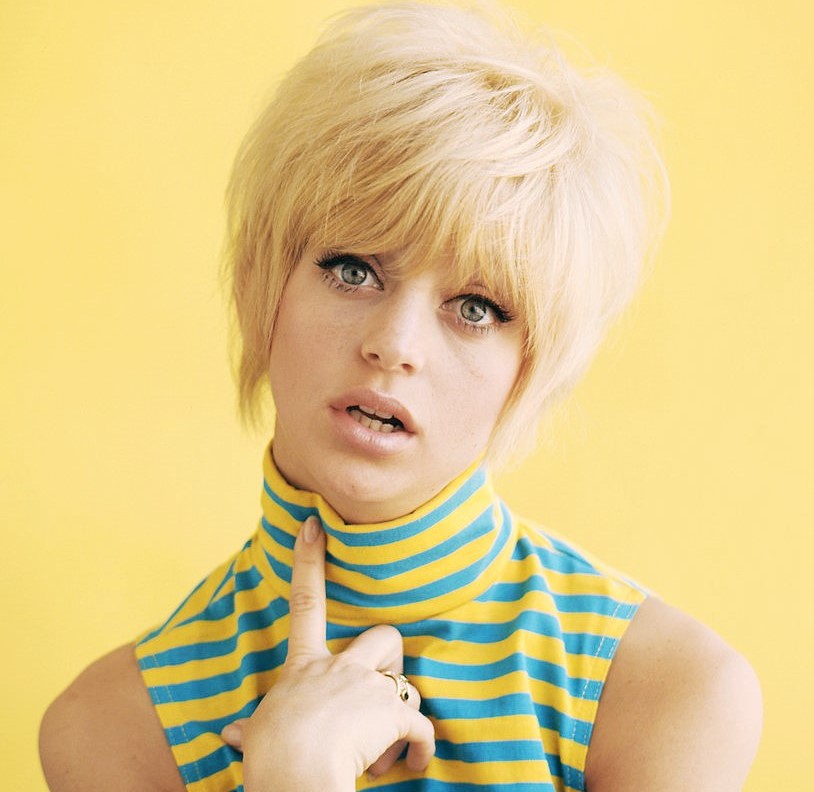
Goldie Hawn gained international attention for roles portraying the stereotypical ditzy blonde at the start of the ’60s. Her style and charm won over audiences, and by the end of the decade she was a leading lady.
She performed in both comedies and satirical dramas, embracing the playful side of the hippie movement. While she wasn’t as outspoken at the time, Goldie later expressed her belief in meditation and spirituality. She also has supported humanitarian efforts.
Joni Mitchell
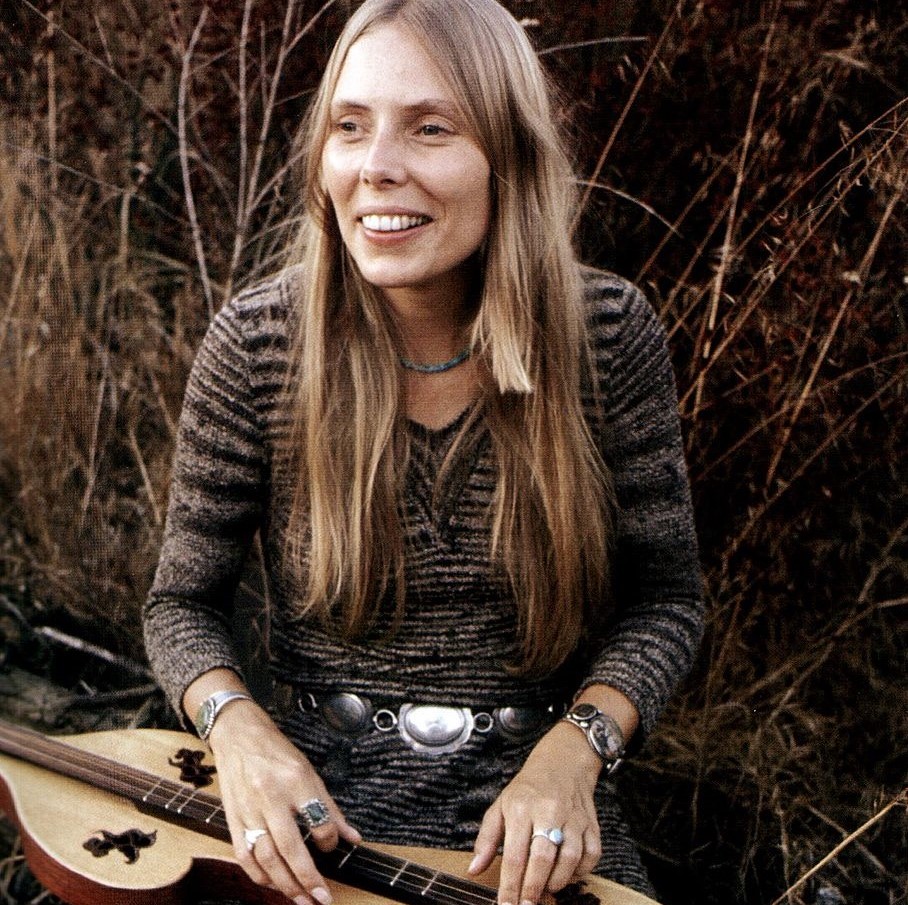
Joni Mitchell’s start was full of all the hippie characteristics you’d expect of the young, starving artist in the ’60s. The Canadian headed east to Ontario, playing small gigs for no money. Wearing a homemade dress and carrying daisies, she married folk singer Chuck Mitchell in New York City in 1965.
Only 21 years old, Joni had just begun writing songs when she arrived in the states. A few years later, she was discovered by David Crosby and flown to LA. She was well embraced by the hippie community and won her first Grammy in 1970.
Barbra Streisand
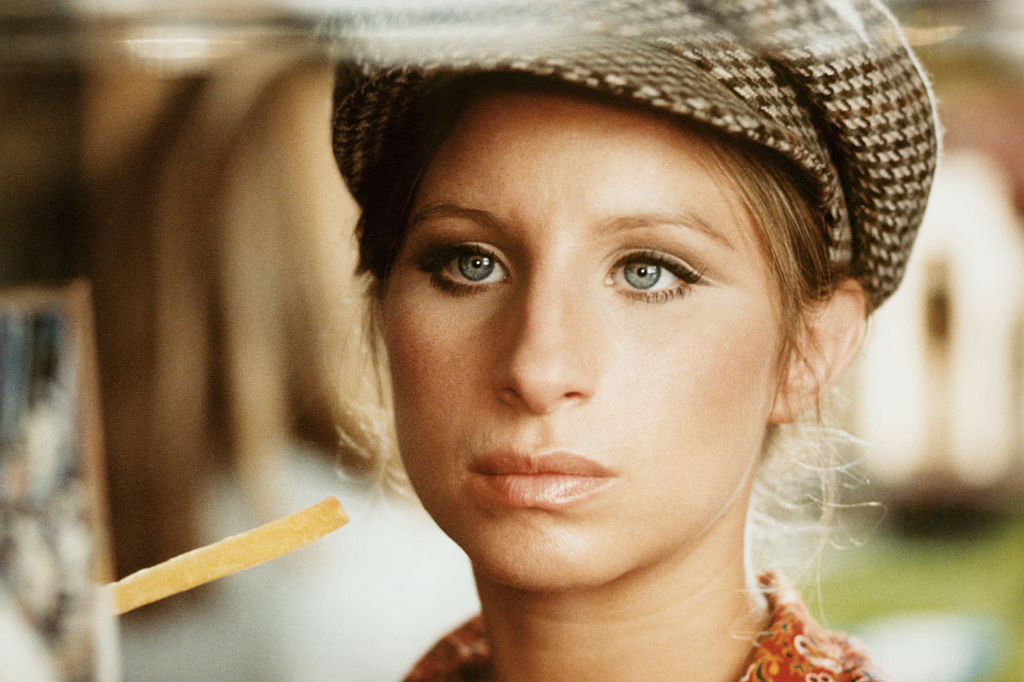
Barbra Streisand sacrificed everything for her art at a young age, adopting a hippie lifestyle. In New York City, while she was still a teenager, she crashed on the couches of friends while pursuing her acting career.
By the ’60s, Streisand’s amazing voice had managed to land her consistent roles. As she gradually rose to fame, she never forgot her hippie beginnings, often wearing loose gowns and letting her hair flow.
George Harrison
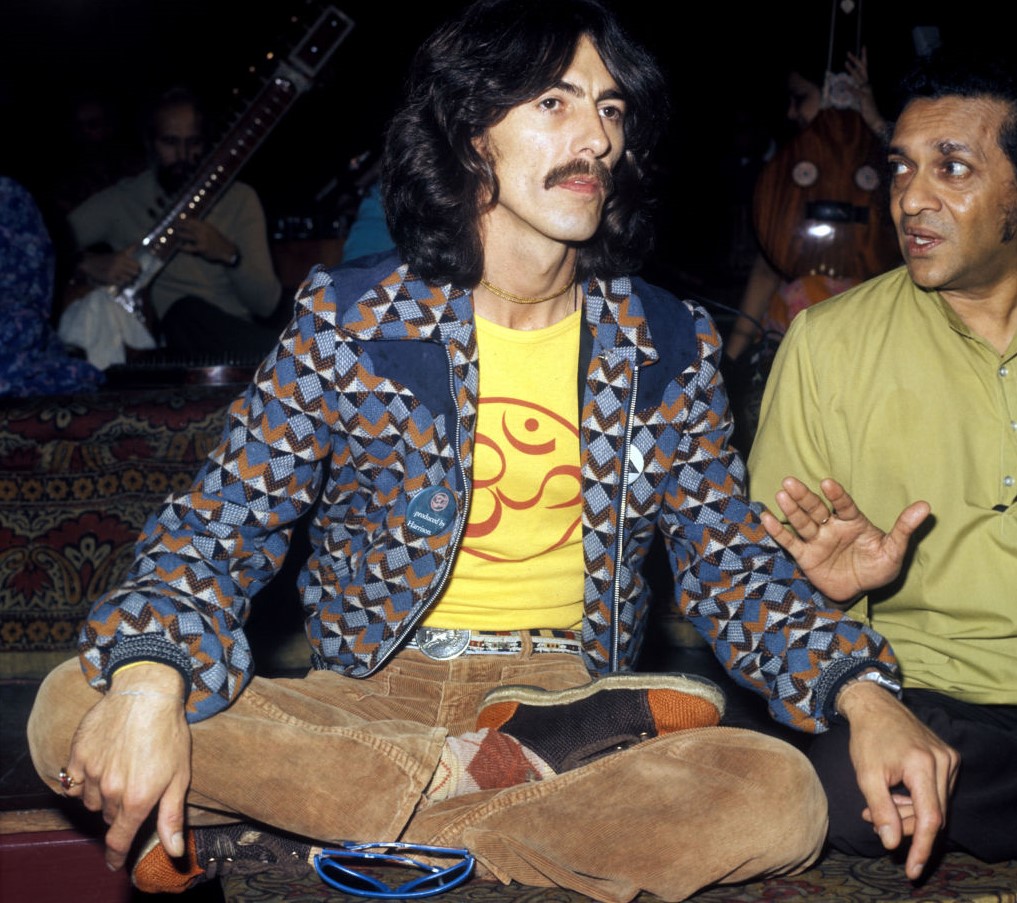
Though John Lennon continues to be known as a leader of the hippie movement, his fellow bandmate from The Beatles, George Harrison, was also involved. George’s long hair and vividly-patterned clothing weren’t the only ways he participated in the movement.
The lead guitarist became intrigued by Indian culture and took up the sitar. He also became a vegetarian and learned the art of meditation. These influences became a profound part of the hippie movement by contributing to the promotion of peace.
Pattie Boyd
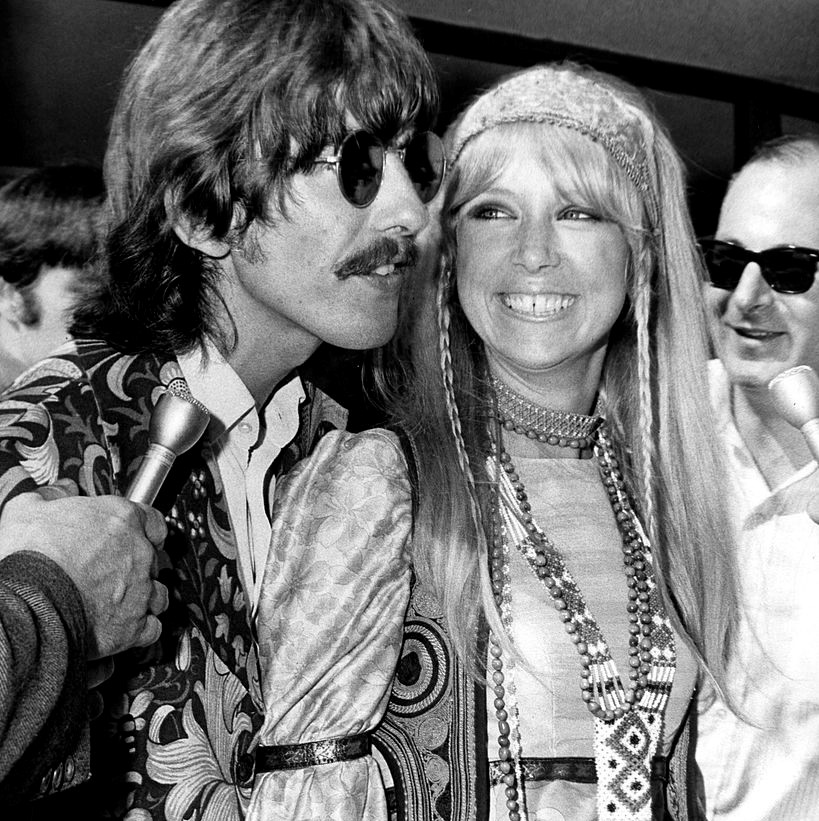
The beautiful Pattie Boyd was a model and photographer at the time that she met George Harrison of The Beatles. By then, the band was at the top of their game, and the media adored the young hippie couple.
Along with George, Pattie embraced the culture of India and spirituality. While still married, George became friends with Eric Clapton, who ended up falling for Pattie. The love triangle was very hippie-ish, especially since it involved a woman who embodied the style. She also inspired songs by both musicians.
Mick Jagger
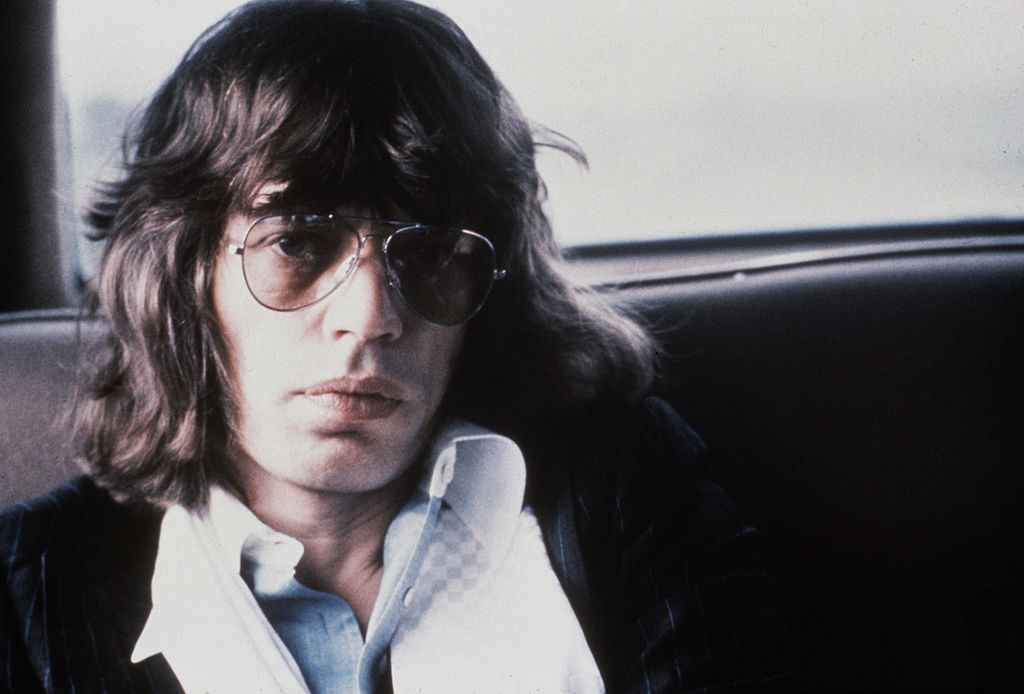
There are few things more “hippie” than abandoning a degree in economics for life as a rock star; in 1963, that is precisely what Mick Jagger did. Along with fellow bandmate Keith Richards, he began writing songs that could pull on the heartstrings, like “As Tears Go By” and “The Last Time.”
Their first hit was perfect for the free-loving hippie movement: “(I Can’t Get No) Satisfaction.” Their defiant image contrasted that of The Beatles during the British Invasion, representing a grungier side of the era.
Marianne Faithfull
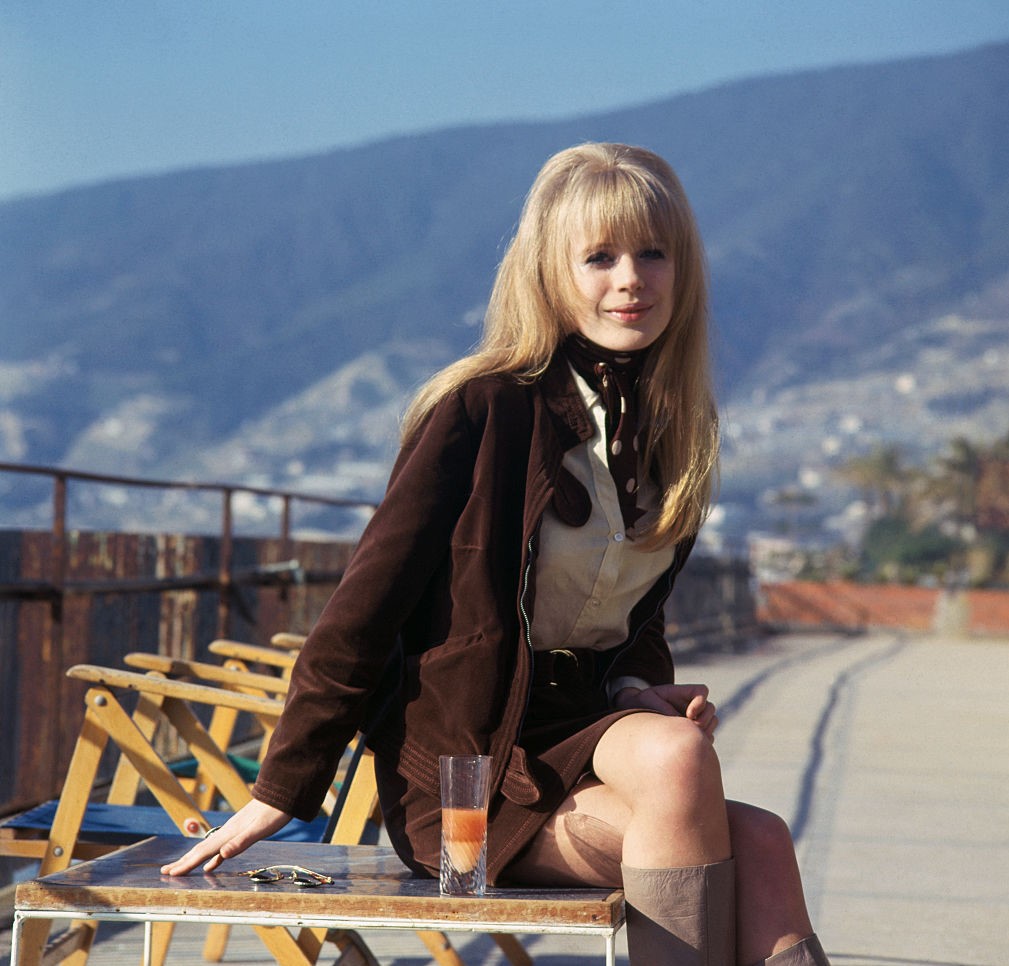
Marianne Faithfull first gained attention thanks to her boyfriend, Mick Jagger. It was at a Rolling Stones party in the ’60s that she caught the eye of the band’s producer. As a singer-songwriter, her music became recognized around the globe.
Mick and Marianne’s relationship was highly publicized during the hippie era, and it was claimed that some of his songs were inspired by her. Marianne’s life and music reflected a darker side of the hippie movement: substance abuse. Nevertheless, she persisted and became regarded as one of the top female rockers.
Keith Richards
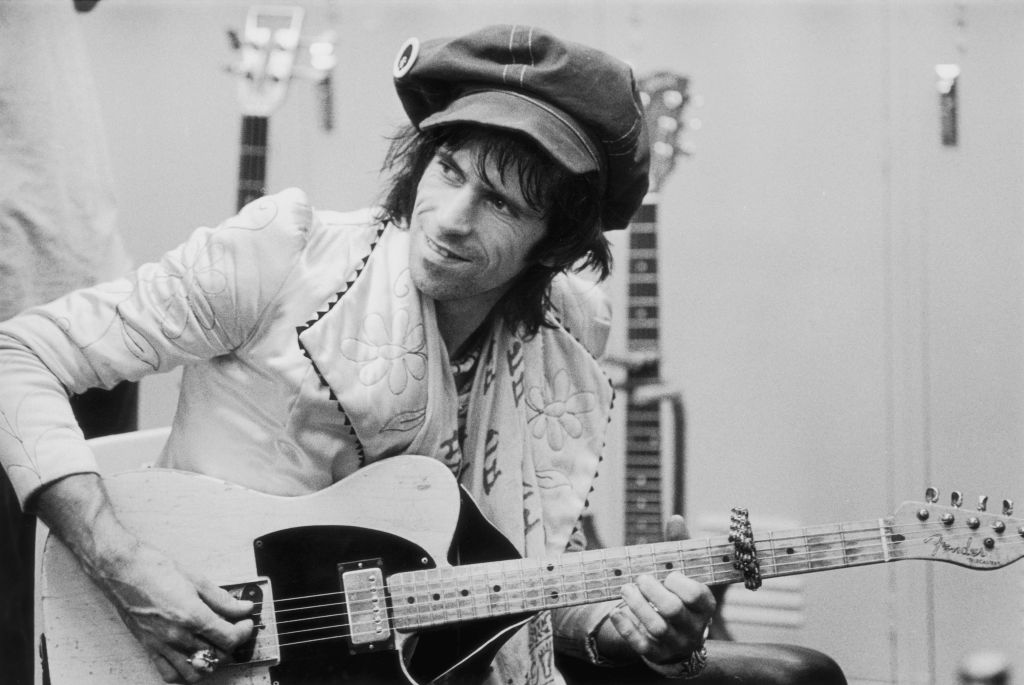
While Mick Jagger is considered the frontman of The Rolling Stones, Keith Richards shared many of those responsibilities and was equally in the limelight during the hippie era. Both musicians co-founded the band and wrote the songs.
On top of that, Keith would sometimes take on the vocals during a concert to give Mick a break. He is also known for creating unique sounds with his guitar through open tuning. His style and innovation were well-received during the revolutionary time period of the ’60s.
Jane Birkin
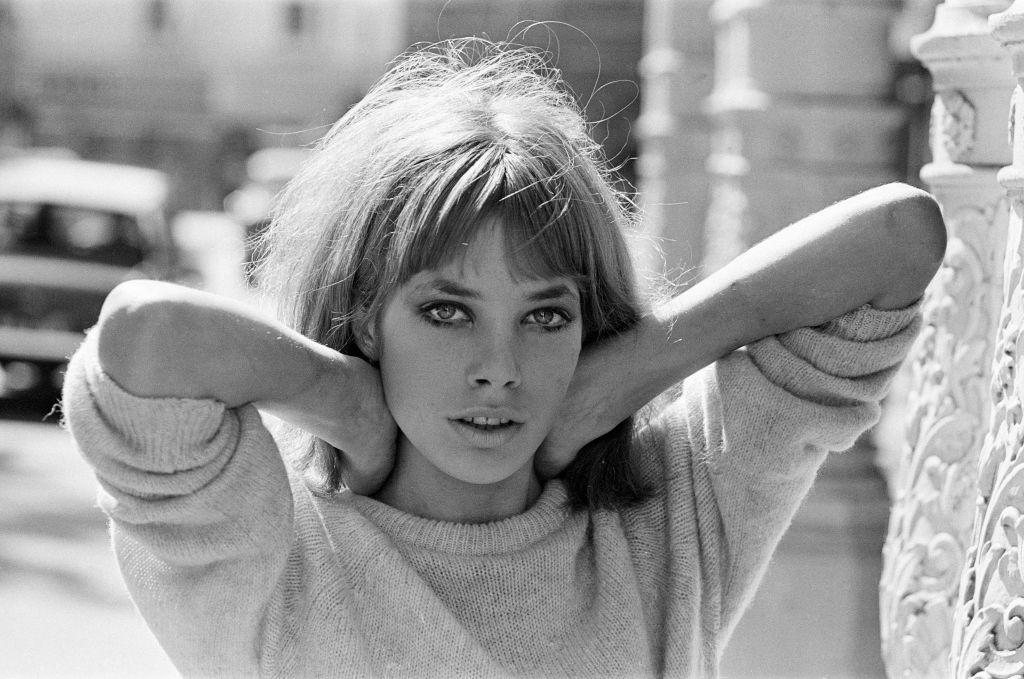
Jane Birkin entered the world of acting in the mid-’60s, but became well known in 1969, when she met Serge Gainsbourg. The multi-talented pair collaborated musically throughout the ’70s.
Their first hit “I love you…me neither” was considered scandalous at the time, but that was the way during the hippie movement. Jane’s voice wasn’t the only thing getting attention at the time. As a model, she had influence in the fashion industry. Her name was used as inspiration for the Hermes Birkin bags.
Joan Baez
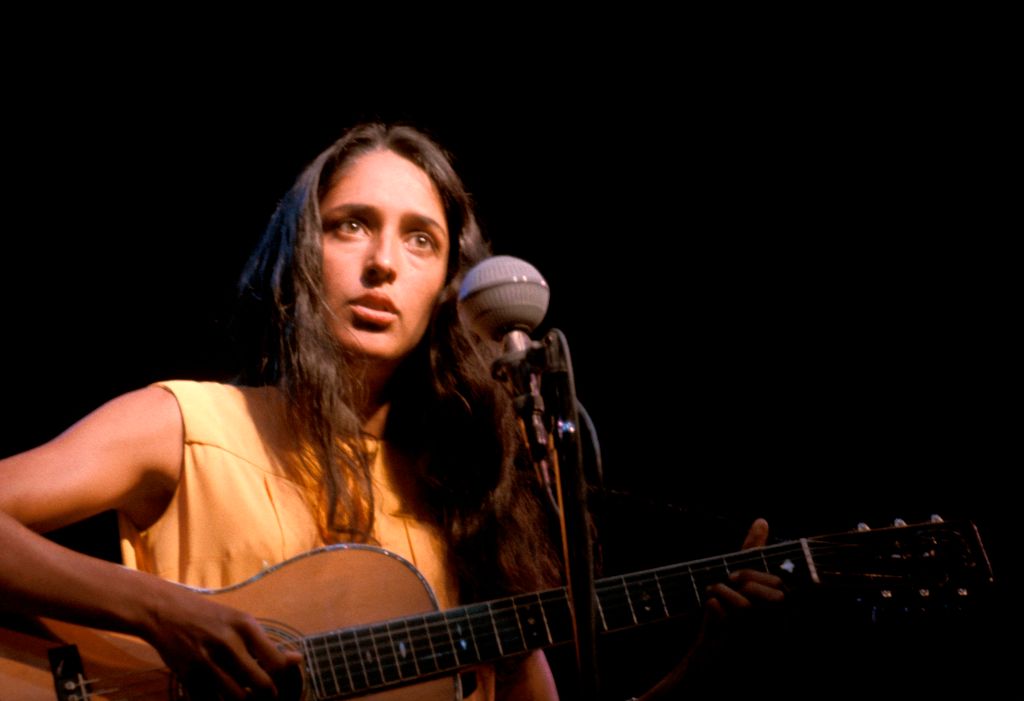
Joan Baez performed as a child, but she began her professional career right at the start of the ’60s. Right away, she expressed her love for humanity by including a song that was in Spanish on her debut album.
In the following years, she gained a strong following. It was then that she introduced her fans to her talented boyfriend, Bob Dylan. According to PBS, she also became friends with Martin Luther King Jr. Throughout her entire life, activism played a critical role in her music career, performances, and personal efforts.
Jerry Rubin
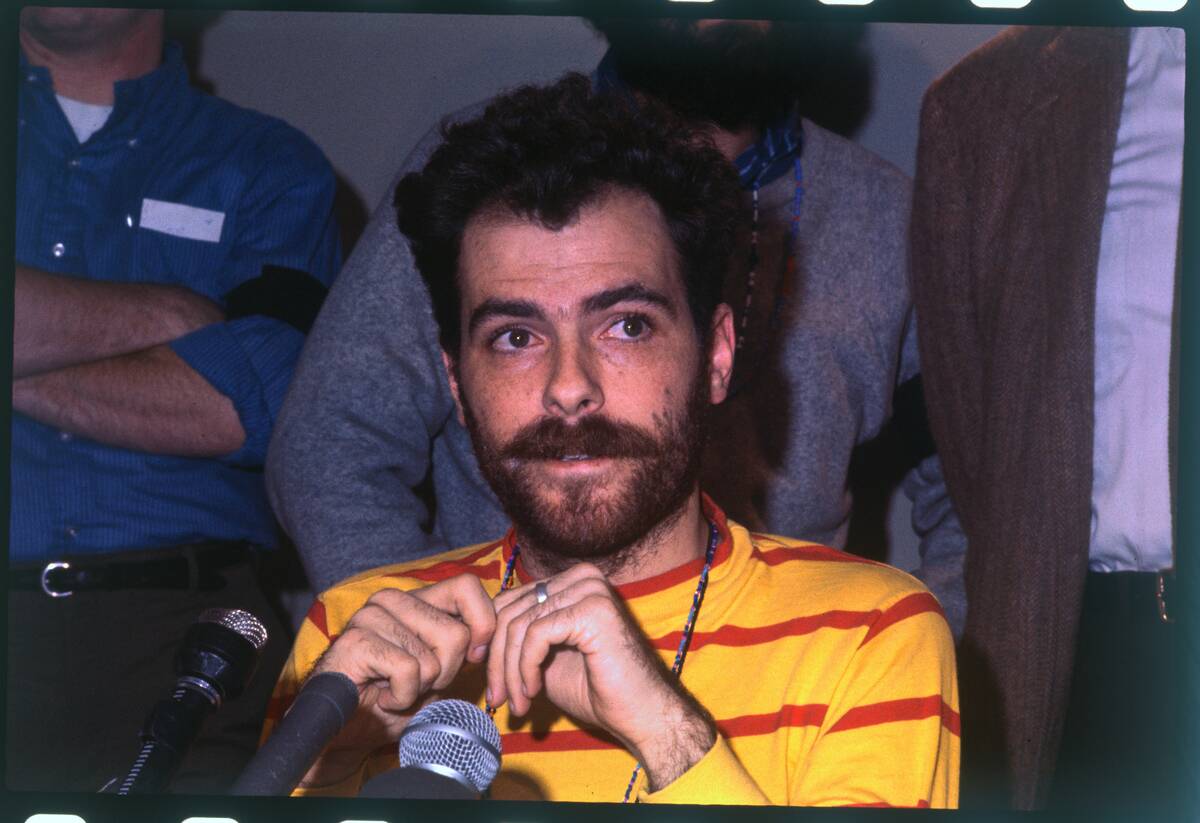
Jerry Rubin made his politics very clear after dropping out of UC Berkeley in 1964, as he ran for mayor of the city on a platform of opposing the Vietnam War, advocating for Black Power movements, and legalizing marijuana. Although he didn’t win, this was the start of a long period of activism that saw him co-found the Youth International Party with Abbie Hoffman.
Like Hoffman, these activities put Rubin in the crosshairs of the establishment to the point that the two were co-defendants during the trial of the Chicago Seven. However, he would turn away from activism during the 1970s, choosing to go into business instead.
Bob Dylan
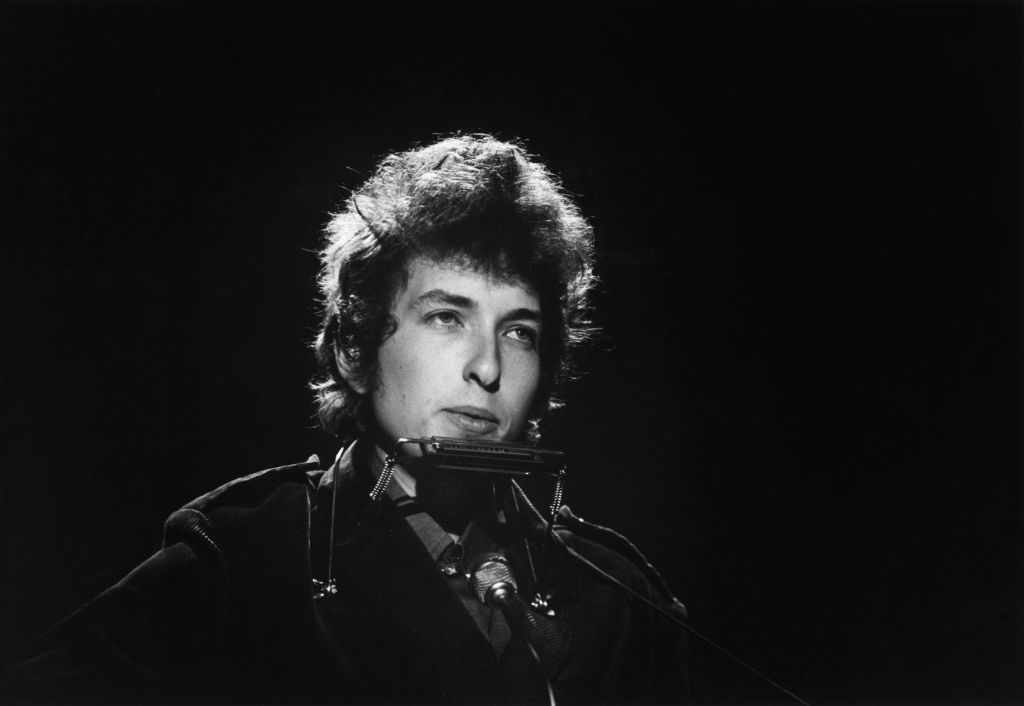
Bob Dylan became widely regarded in the early ’60s for writing lyrics that supported the civil rights movement. As a counterculture musician, some of Bob’s songs were seen as an anthem for hippies, such as “These Times They Are a-Changin.”
The reason why Bob’s songs may have resonated with hippies isn’t only because he sang about war, peace, and love. He also was an extremely talented poet who went on to become the first musician to receive a Nobel Prize in Literature.
Woody Guthrie
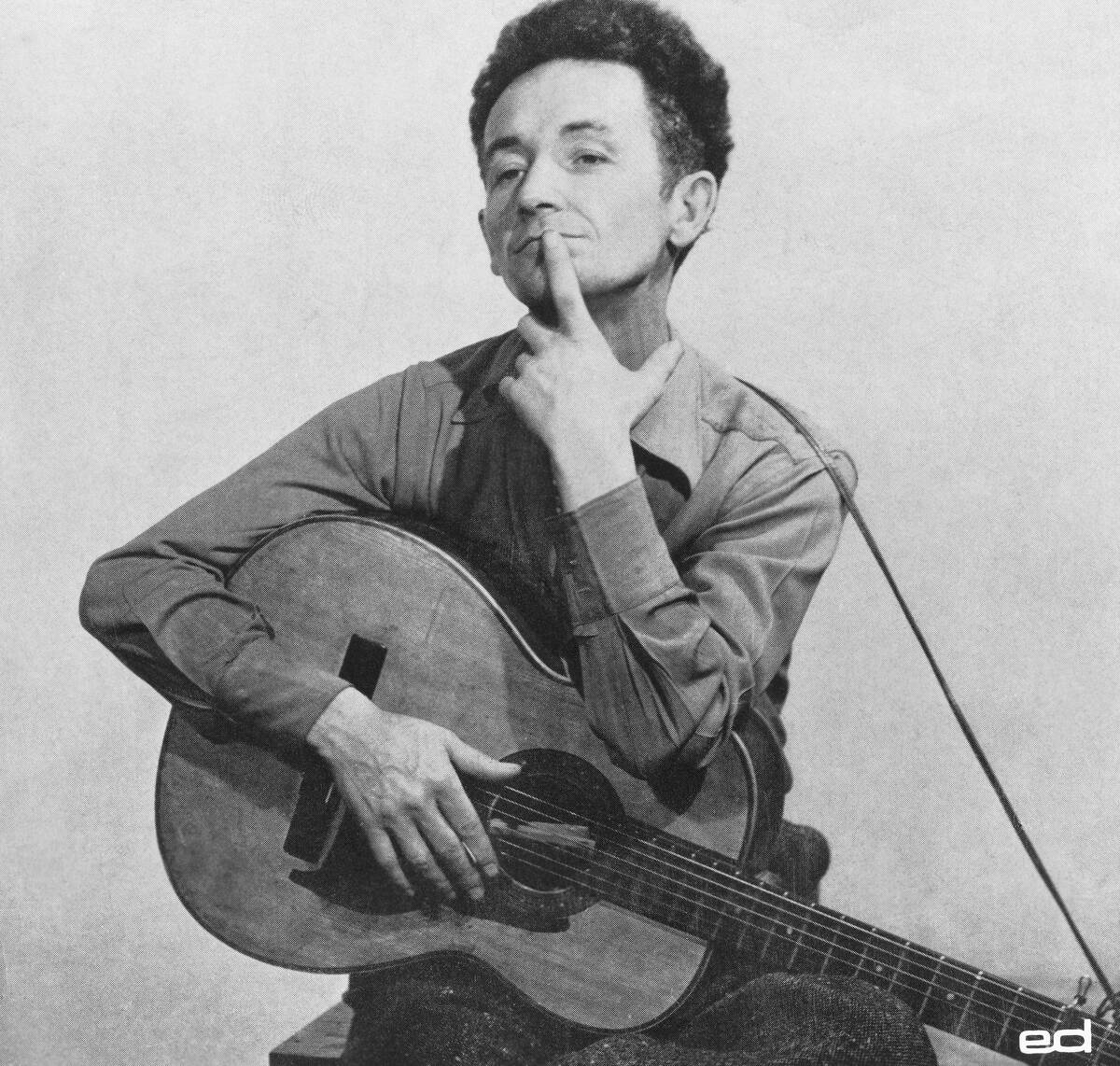
Although Bob Dylan’s folk mentor Woody Guthrie couldn’t be considered a hippie per se, this likely had more to do with a set of unfortunate circumstances than any mismatch in their respective beliefs. Guthrie’s religious faith prevented him from fully embracing communism (he preferred to call himself a “commonist”), but there was no shortage of hippies with the same attitude to Jesus.
Sadly, by the time the hippie movement was starting to gain ground, Huntington’s disease had already left Guthrie unable to speak and kept him isolated from all but his family. He would pass away just months after the Summer of Love and was permanently hospitalized by then.
David Bowie
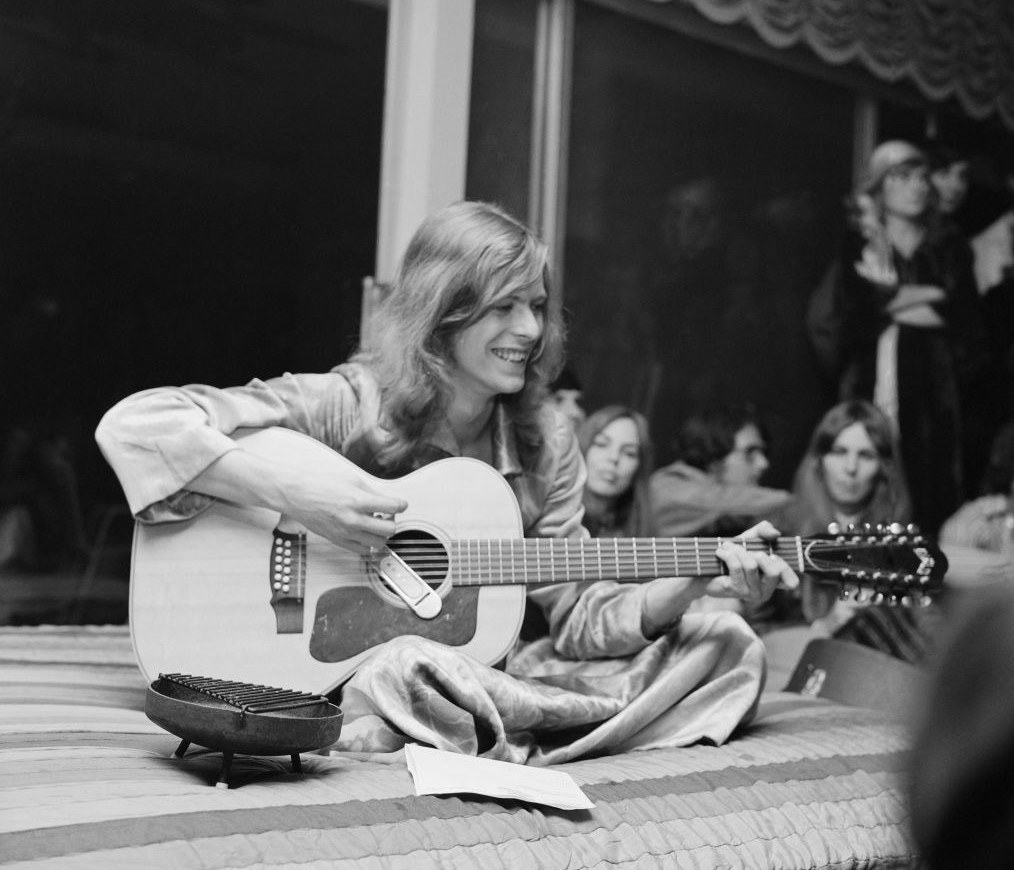
David Bowie experimented with many styles and genres of music. Out of the hippie era blossomed David’s emergence as a bohemian folk musician. He formed a folk trio with his girlfriend at the time, Hermione Farthingale.
After the couple broke up in 1969, David started a popular folk club and wrote his second album. This time, his lyrics focused on hippie themes such as peace and morality. His next album recognized some of his influences, such as fellow hippie musician Bob Dylan.
Veruschka von Lehndorff
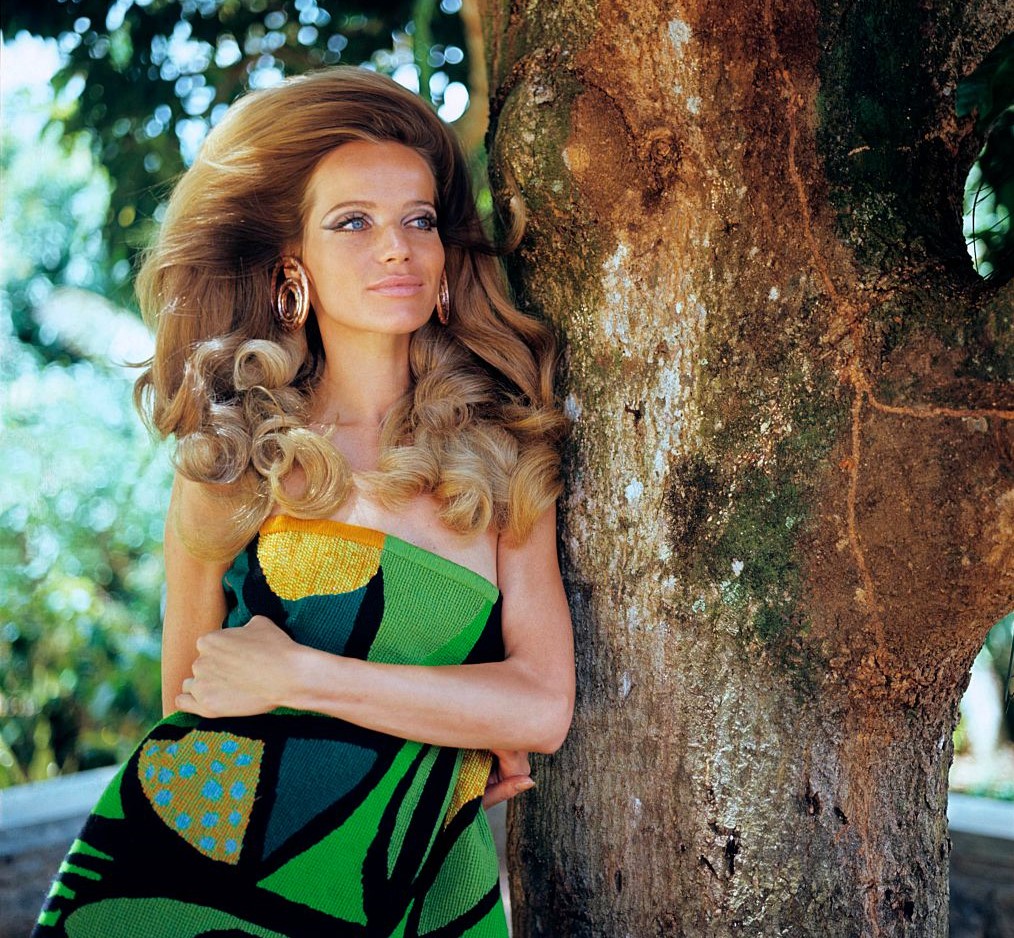
German supermodel Veruschka von Lehndorff was 20 years old when her career launched and she found herself in New York City shortly after that. Several years later, she attended the famous Woodstock festival.
Many of Veruschka’s photos show her in nature and wearing hippie-inspired attire. She left the fashion industry in the ’70s to avoid certain social pressures being put on her, but she occasionally models in her older age. Now that is a true self-loving hippie!
Jack Nicholson
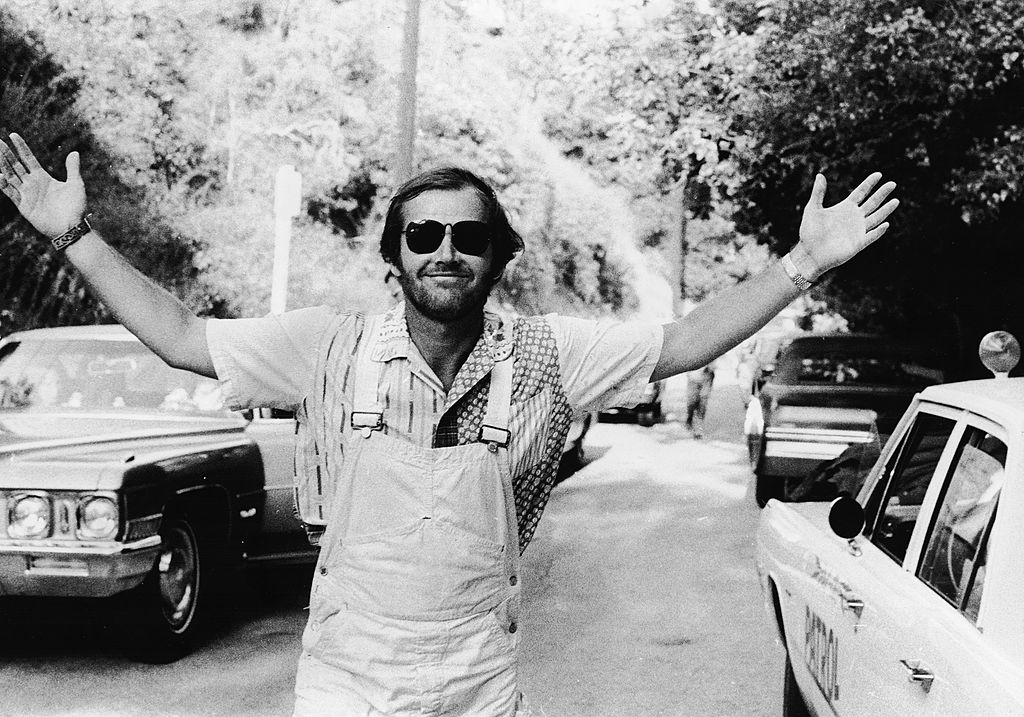
Jack Nicholson came to Los Angeles in the ’50s with the hope of becoming an actor. This proved challenging at first, and he ended up having more success behind the camera at first. That’s what lead to his successful screenplay, The Trip.
As the name implies, it was a psychedelic film that was perfectly timed with the hippie movement, hitting theaters in 1967. Two years later, Nicholson starred in Easy Rider and established himself as the anti-hero of the counter-culture movement.
Talitha Getty
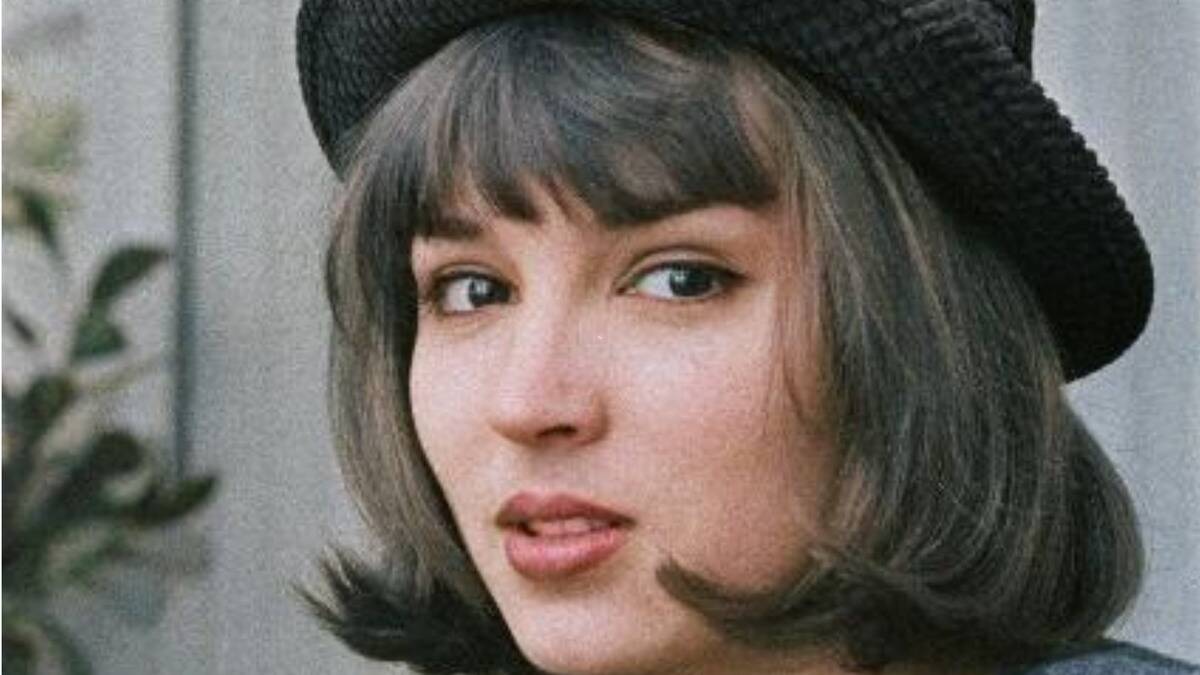
Talitha Getty had an artist father and a bohemian model stepmother, which was the perfect recipe to bred a hippie in the ’60s. Sure enough, she wore a white miniskirt during her wedding to John Paul Getty, who introduced Talitha to Mick Jagger and Marianne Faithfull.
Talitha embraced the hippie culture in her style. She has since been regarded as a model of hippie chic and boho-chic. She also appeared in a handful of films throughout the decade, including Barbarella, which starred activist Jane Fonda.
Michelle Phillips
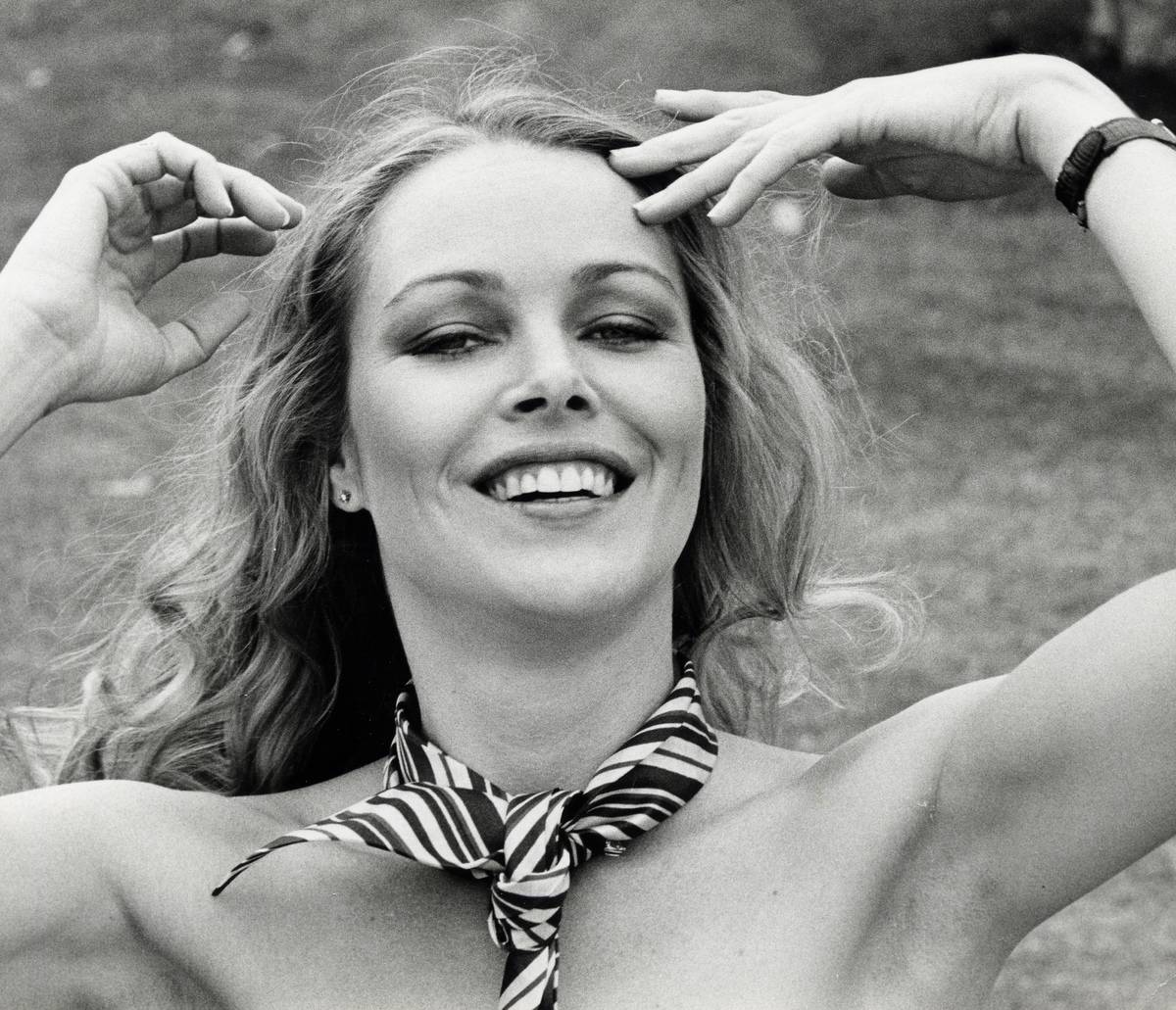
Born and raised in southern California, Michelle Phillips quickly embodied the hippie persona as a young model. She forged her independence at a young age, getting married at just 18 years old and moving to New York.
The pair formed The Mamas & the Papas, which rose to prominence in the late 1960s. Michelle began expressing her interest in free love by becoming involved in two separate affairs. Despite the tension this caused, the band needed her stage charisma. The hippie performer transitioned to an acting career in the ’70s.
Grace Slick
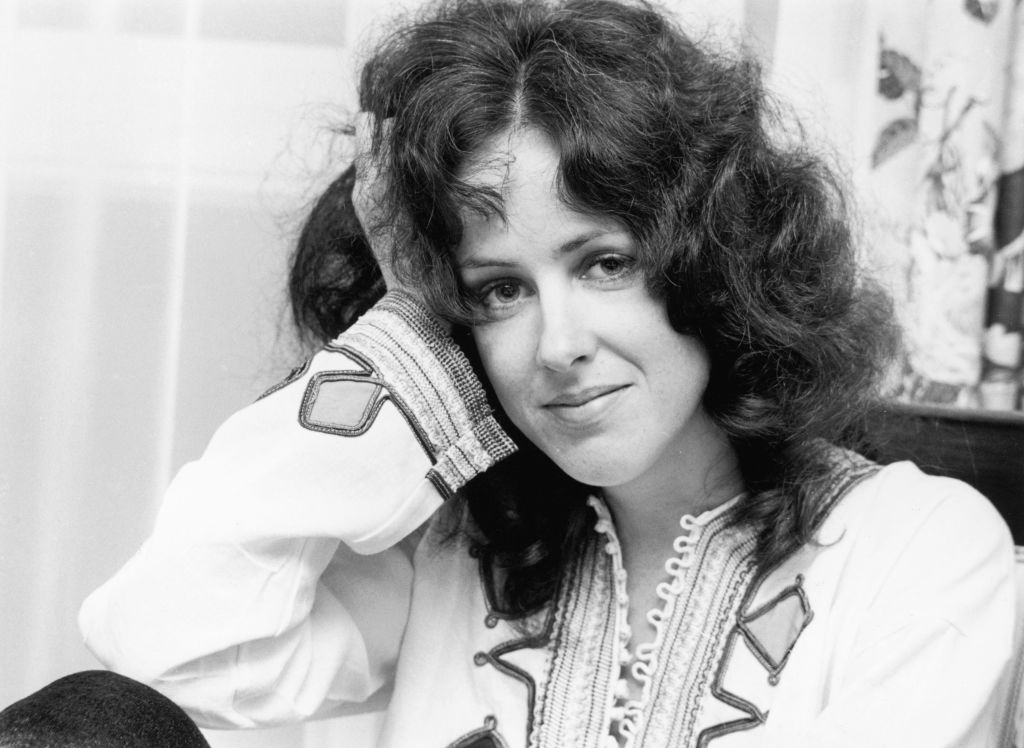
One of the most recognizably hippie songs to date is “White Rabbit,” a song about the effects of psychedelics. Grace Slick composed that song while she was still performing with her band, The Great Society.
Shortly after that, Grace became the lead singer of the established band Jefferson Airplane. She carried the group to greater heights as they transformed their sound from rock to psychedelic. Their popularity soared thanks to their hippie audience and Grace landed a spot among the top musicians of the time.
Stevie Nicks
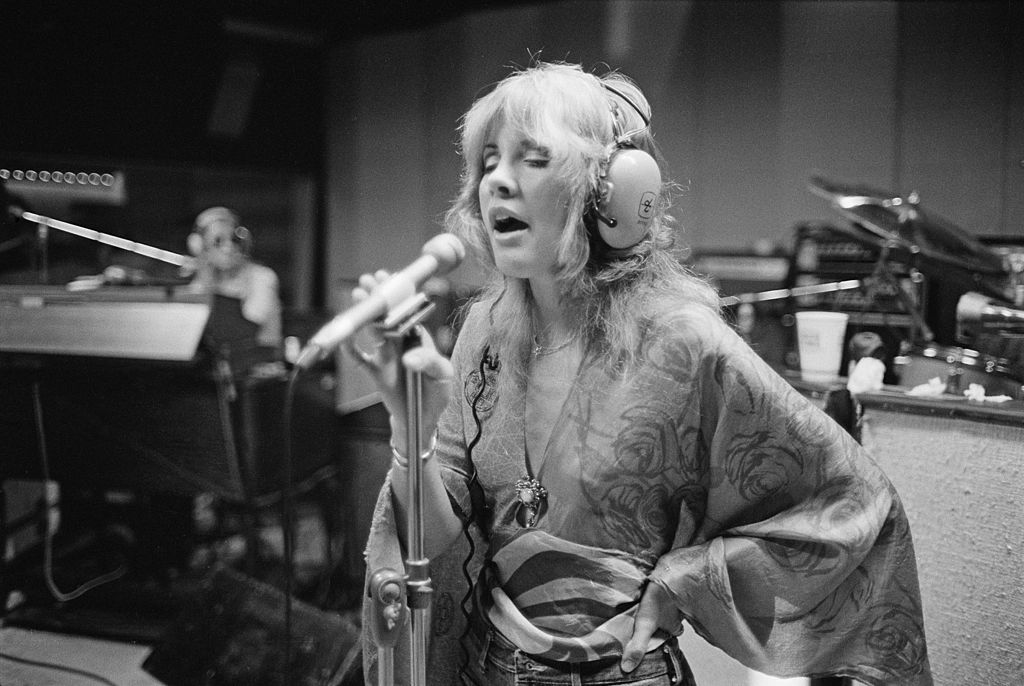
Stevie Nicks got her start in 1967 in the band Fritz. Their psychedelic-meets-country sound earned them a spot as the openers for Jimi Hendrix and Janis Joplin, two of the biggest stars of the hippie era. After the band split, Stevie and her musical and romantic partner continued to put out music, but were met with little response.
In the 1970s, the pair joined the popular band Fleetwood Mac. They produced two songs that were famously written by Stevie: “Landslide” and “Rhiannon.” Her talent and style were perfect for the last years of the hippie era.
Paul Krassner
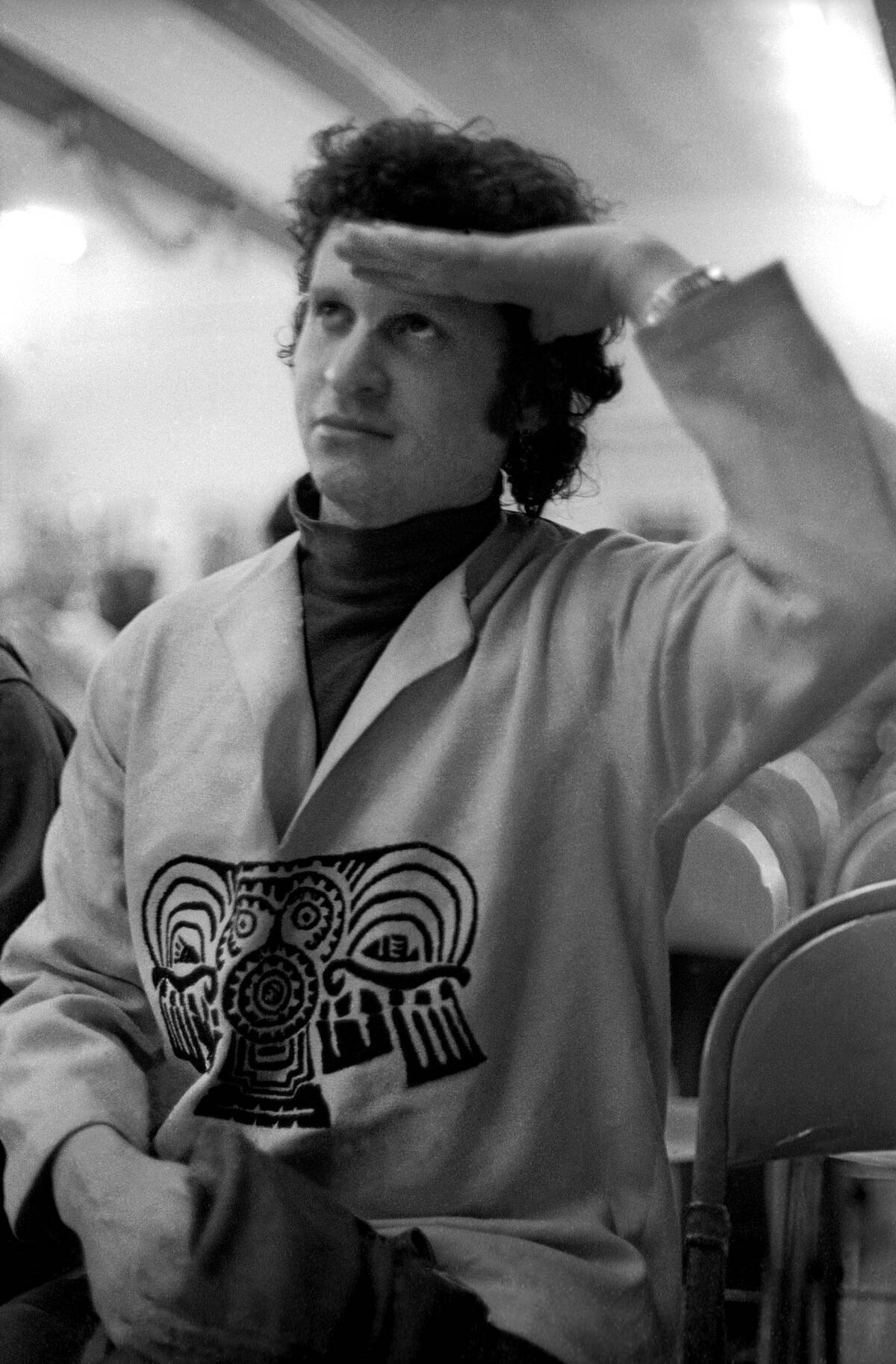
Although Paul Krassner was primarily known as a writer and satirist, he was also a founding member of the Youth International Party. Indeed, he’s even credited for practically coining the term “hippie,” as the proto-term of “yippie” was said to be his invention.
While he may have represented the more whimsical side of the Youth International Party, that didn’t mean authorities were laughing when they put him on trial as one of the famous Chicago Seven.
Michael Lang
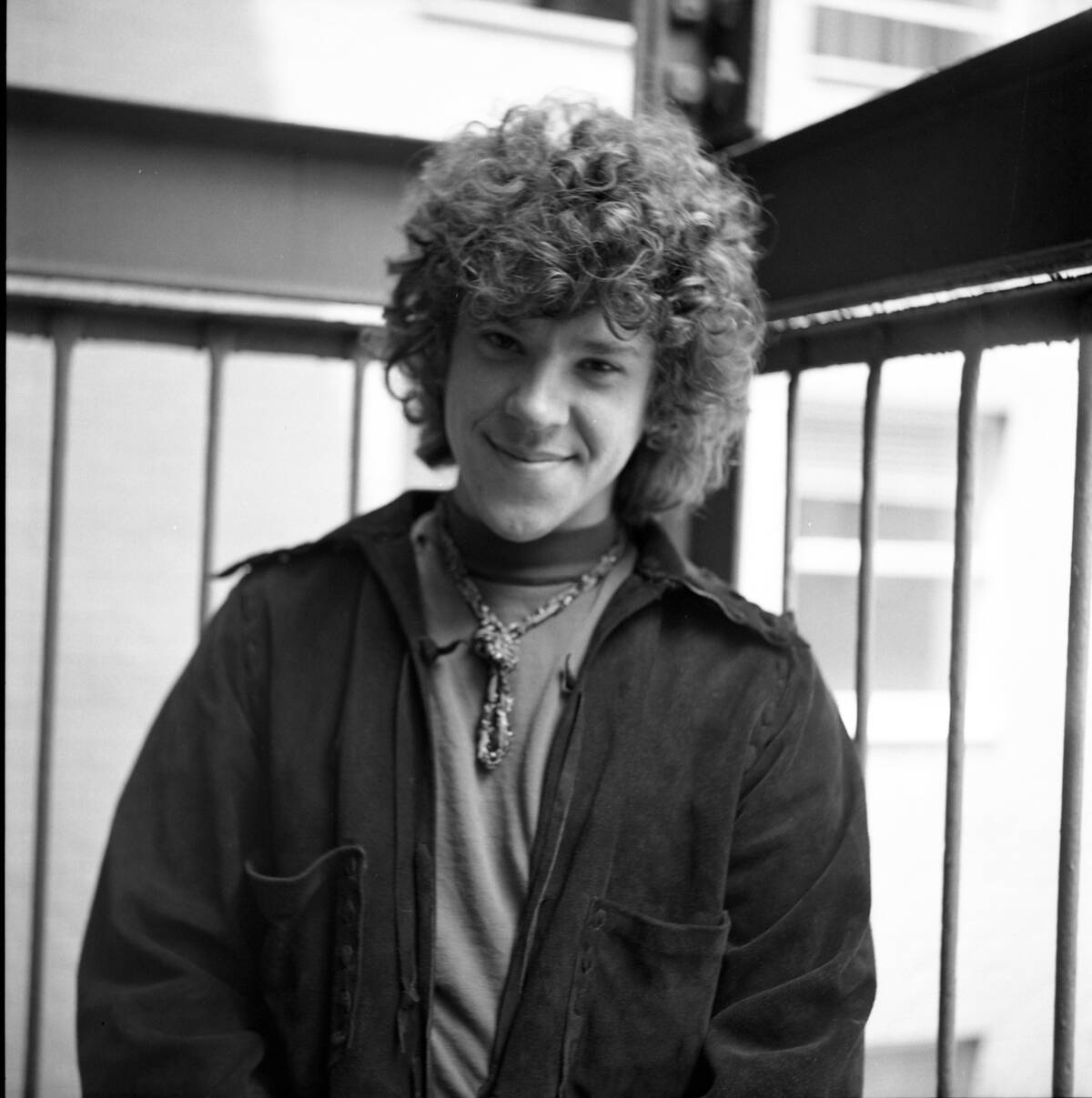
Michael Lang’s biggest claim to fame came as the concert promoter behind the famous Woodstock festival. However, it wasn’t quite his first rodeo because the previous year saw him draw 25,000 people for the 1968 Pop & Underground Festival, which ended early due to rain.
Yet while Woodstock understandably made him a figure of renown within the hippie movement, disastrous outings at Woodstock ’94 and Woodstock ’99 — coupled with organizational failures during the original 1969 version — make it hard not to feel like the original succeeded in spite of Lang rather than because of him.
Rod Stewart
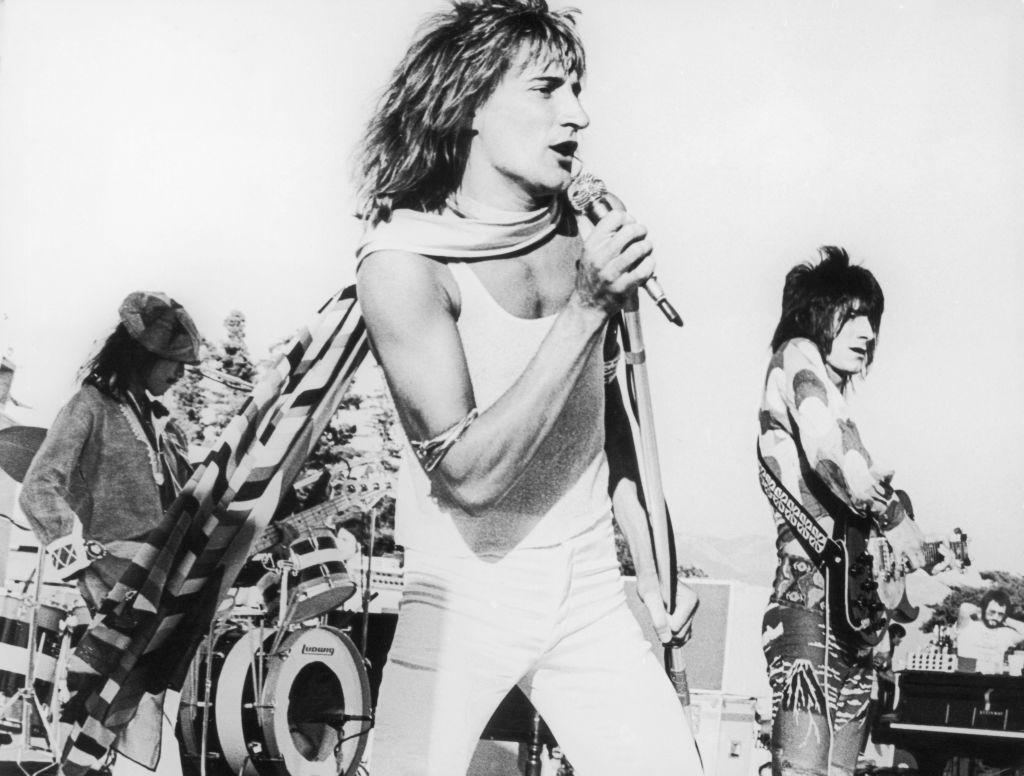
One of the best-selling artists of all time, Rod Stewart’s husky voice was a perfect match for the bluesy undertones hippies loved so much. The English musician toured the states with the Jeff Beck Group in 1968, where audiences fell as hard for him as they had Hendrix.
Rod Stewart left the band to put out a solo album before joining forces with rock group Faces. His long hair, style, and talent brought him continued success through the hippie movement and long after.
Warren Beatty
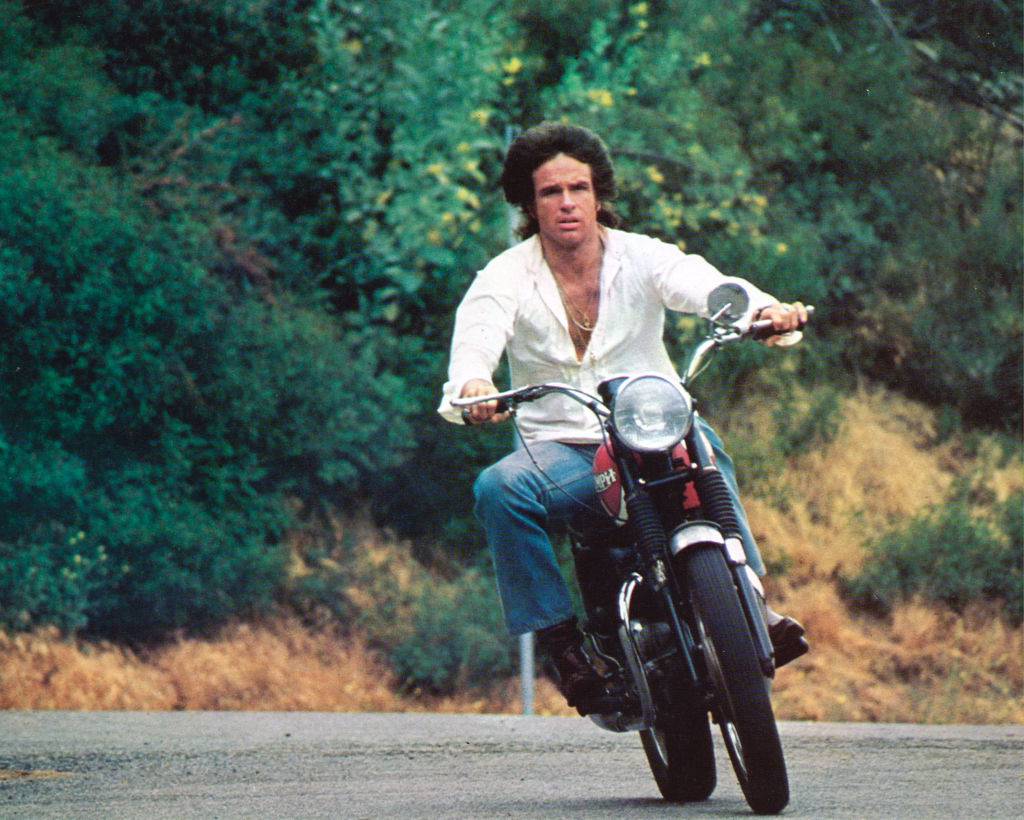
Warren Beatty was already a well-established actor by the time the ’60s rolled around, but earned a place in the hippie movement with rebellious roles and an irresistible style for the times.
In 1967, at just 29 years old, Warren produced and starred in Bonnie and Clyde. The film was a huge success and earned ten Academy Award nominations. His next film, The Only Game In Town, was also suited for the hippie era as it revolves around music, love, and compulsion.
Jim Morrison
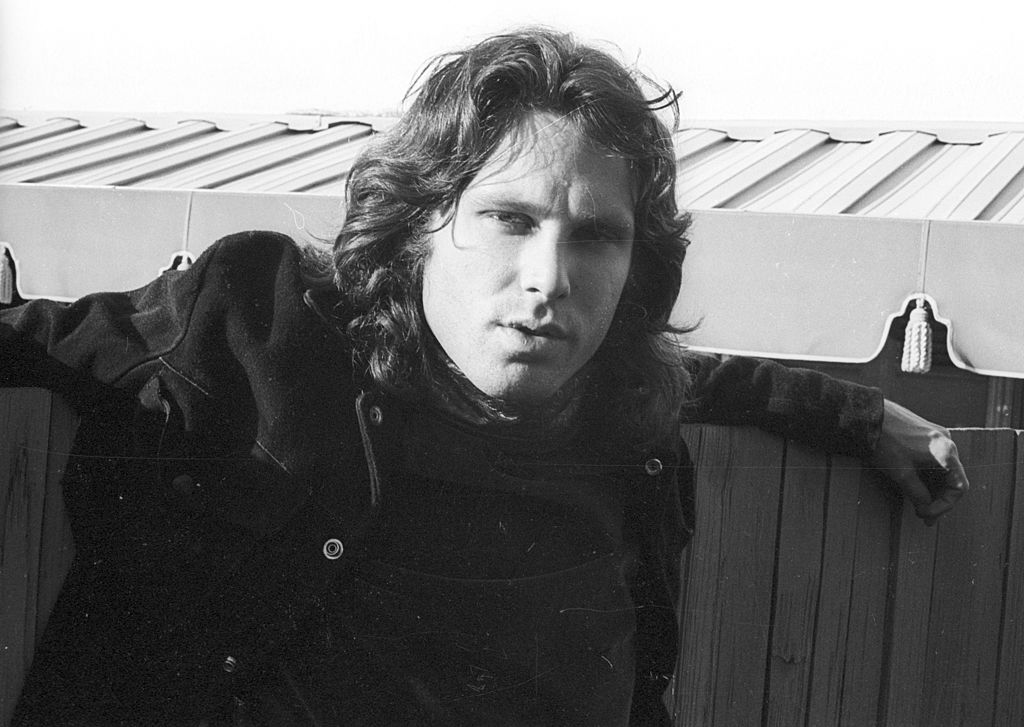
Jim Morrison lived the hippie lifestyle after graduating from college, living on a rooftop in Venice Beach, California. His deep voice and poetic lyrics brought a soulful feel to the psychedelic music of The Doors. The band rose to prominence in 1967 with the single “Light My Fire.”
The suggestive lyrics were a hit among free-loving hippies. In a matter of years, Morrison had traded in his leather pants and clean-shaven face for a thick beard and casual clothes, emphasizing his boho look.
Barry McGuire
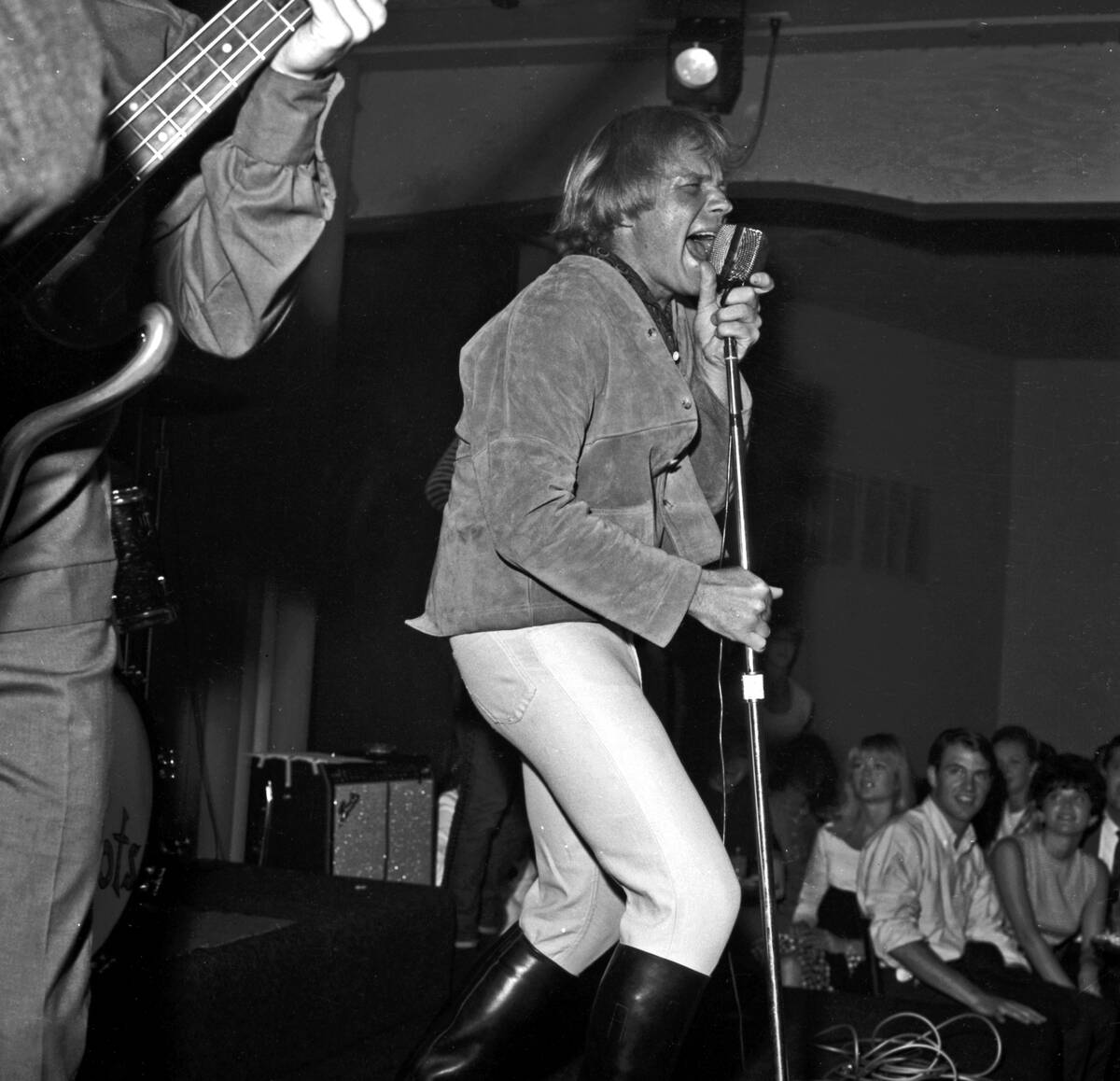
Although Barry McGuire spent the first half of the ’60s in the decidedly un-hip folk group the New Christy Minstrels, he made a clear turn towards the hippie movement by 1965, when he left the group to pursue a solo career.
This resulted in the explosive, passionate song “Eve Of Destruction,” which would become a number-one hit. As the movement waned, however, McGuire was mired in narcotics addictions before he reinvented himself as a Christian artist after cleaning up.
Lou Adler
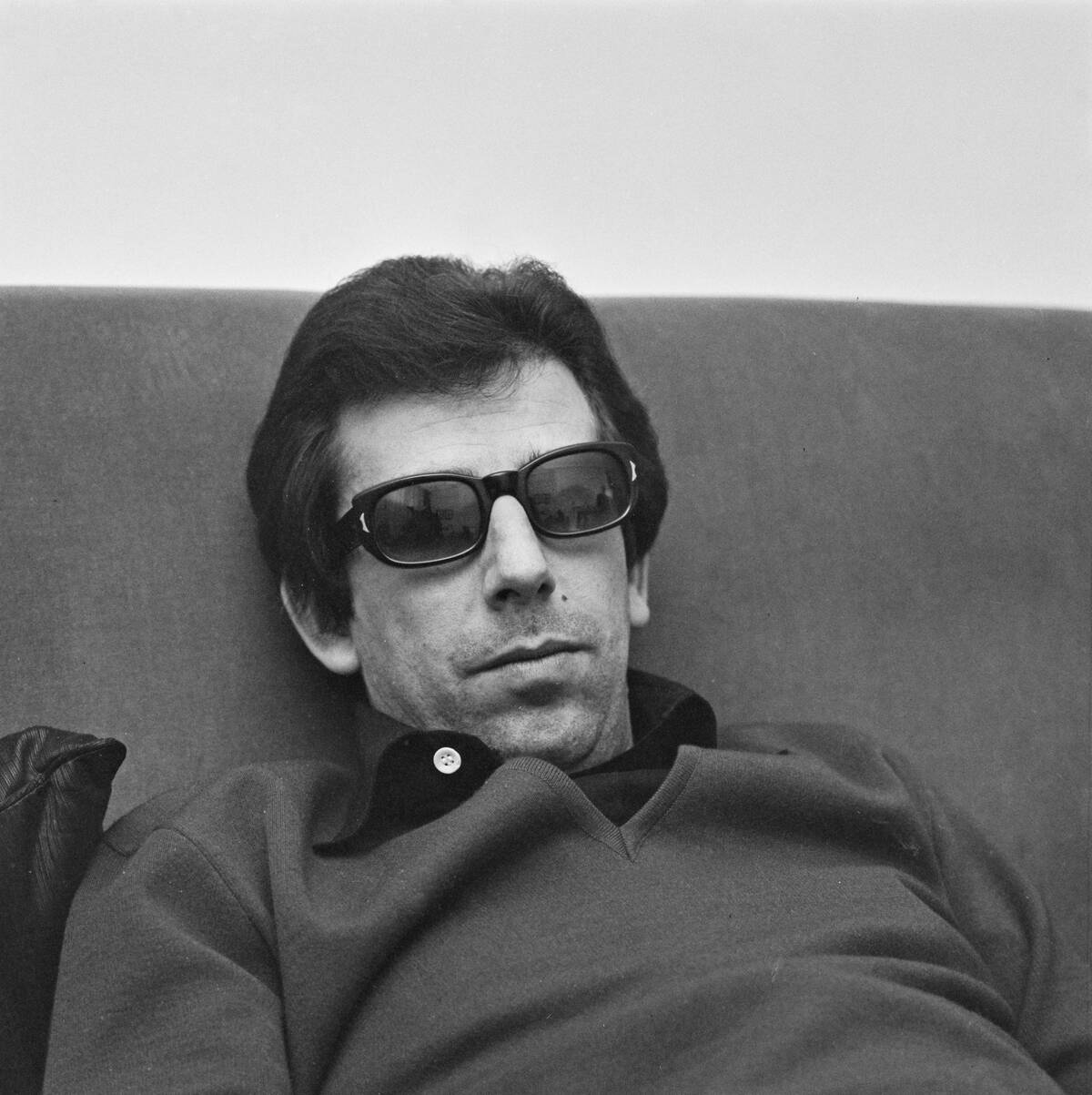
Whether Loud Adler described himself as a hippie or not, he certainly understood the tastes of those within the movement. This is what made him a landmark music and film producer responsible for a wide variety of countercultural works.
In addition to being one of the producers of the Monterey International Pop Festival, Adler also had a hand in the sunny hits of The Mamas & The Papas and Barry McGuire’s “Eve Of Destruction.” He also helped get the first Cheech & Chong film, Up In Smoke, and The Rocky Horror Picture Show off the ground.
Johnny Winter
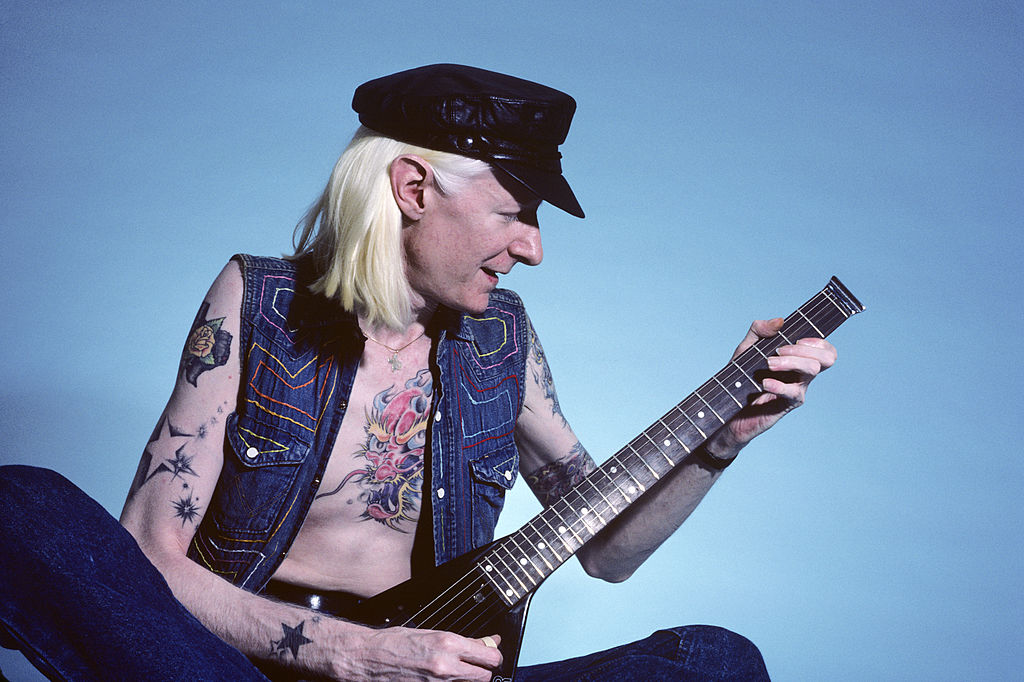
That slender man with larger-than-life tattoos is rocker Johnny Winter. The musician started a band at the young age of fifteen but didn’t take off until he was discovered in 1968. Upon being signed to Columbia Records, he was handed $600,000, one of the largest advances in recording history.
The record label’s generous offering is a testament to how well suited Johnny was for hippie era audiences. Mere months after being discovered, Johnny performed at Woodstock. His long hair and bluesy sound was a perfect fit for the movement.
Jerry Garcia
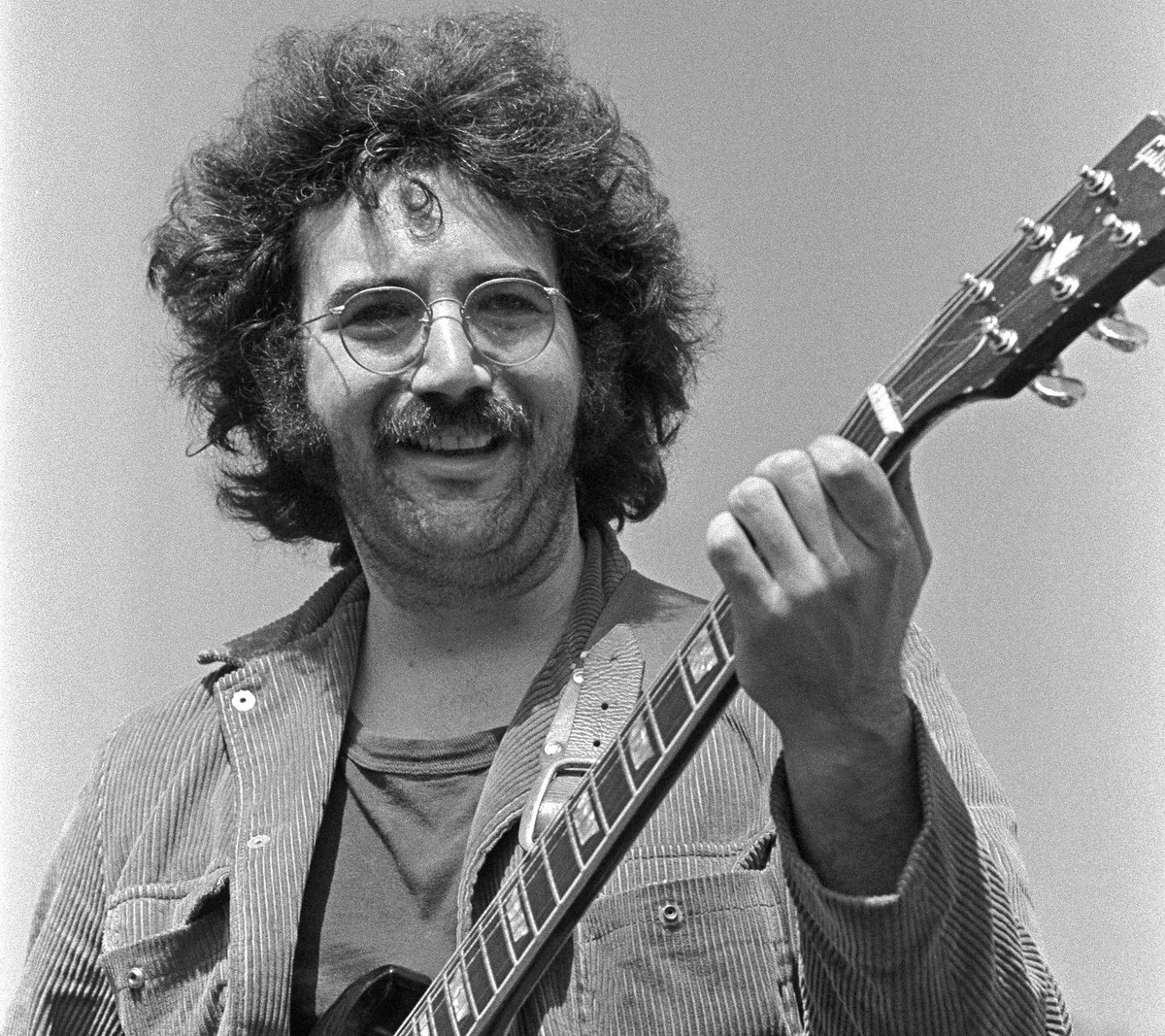
You can’t talk about the counterculture era without mentioning the Grateful Dead. As a songwriter, singer, and lead guitarist of the band, Jerry Garcia encompassed everything being a hippie meant. He stole his mom’s car, got kicked out of the Army, and committed his adulthood to music.
In conjunction with his rebellious attitude, Jerry’s wild hair, thick beard, and style were as hippie as his music. From folk to blues to psychedelic rock, he could appeal to any music-lover of the era.
Robert Plant
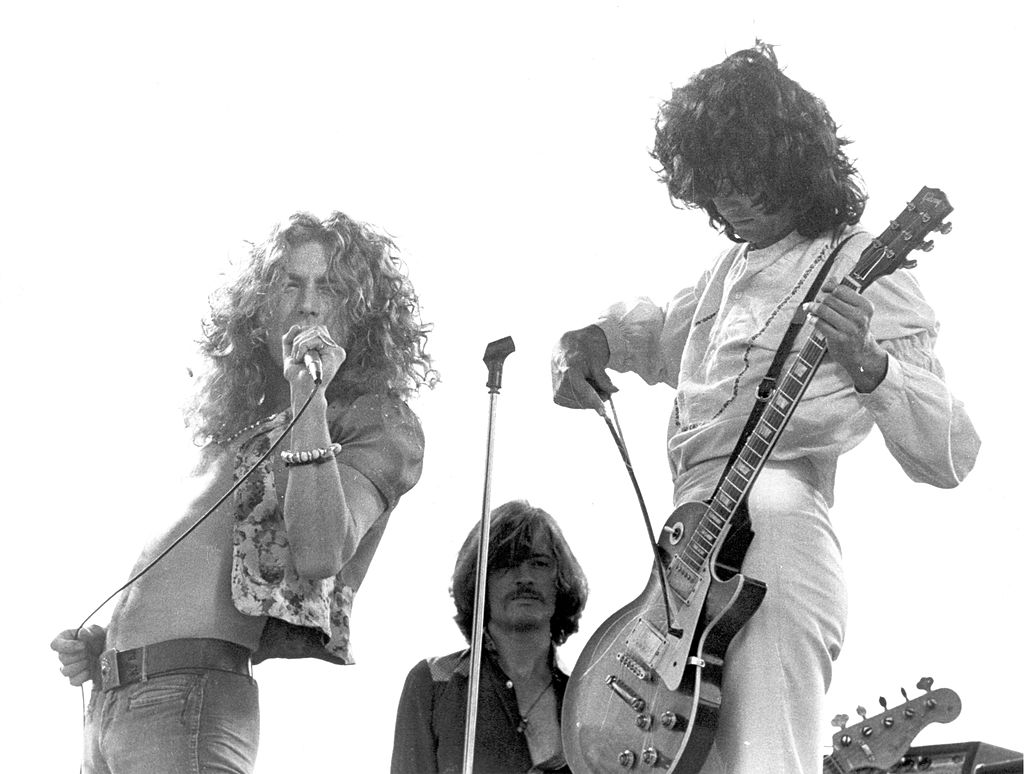
Robert Plant was a dream to many hippies. His stage presence, thick wavy hair, and psychedelic voice were irresistible in the late ’60s and ’70s. As the frontman of Led Zeppelin, he led the band to success amid the hippie era.
The same year as Woodstock, Led Zeppelin dropped their first and second albums. The latter included “Whole Lotta Love,” which by the name alone was perfectly suited for the movement. By 1971, “Stairway To Heaven” had made them rock legends.
Jimmy Page
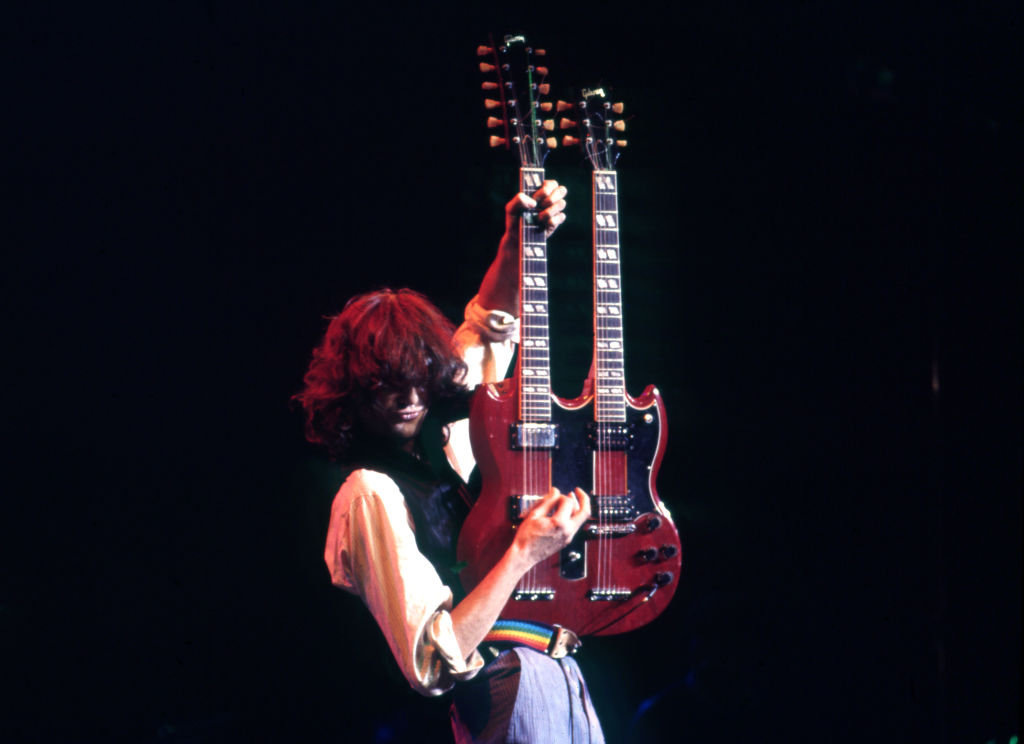
When mentioning Robert Plant, it seems only fair to also talk about Jimmy Page. That’s because Jimmy was the one who auditioned Robert to start the band Led Zeppelin. Over the years, the two became close musical partners as they wrote smash hits together.
Like Robert, Jimmy had the look and stage charisma that seemed destined for the hippie movement. His thick mop of hair, flowy clothes, and double-neck guitar drove fans wild. Like Jimi Hendrix, he’s been recognized as one of the most skilled and influential guitarists of all time.
Roger Daltrey
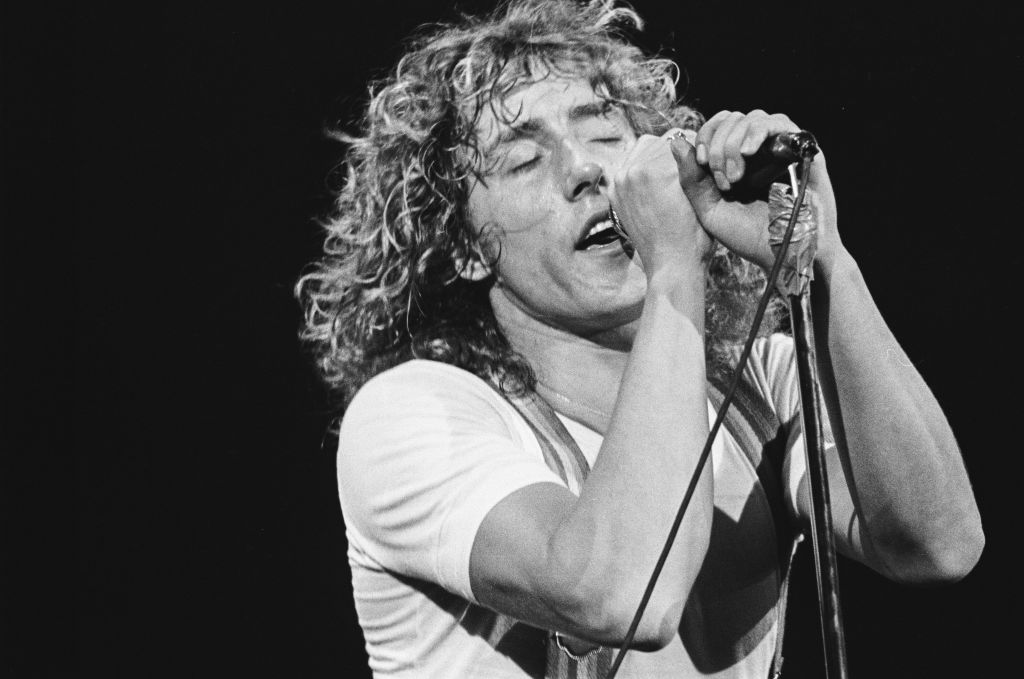
Roger Daltrey founded The Who, a British band that rose to prominence in the mid-’60s. Roger dressed like a hippie and performed like a rebel, becoming the one to popularize swinging the microphone by its chord.
His rainbow suspenders, long and wavy hair, and bell-bottom jeans fit right into the hippie style. His use of stuttering as a means to express frustration in the hit “My Generation” was an exemplary homage to the counterculture era.
Richie Havens
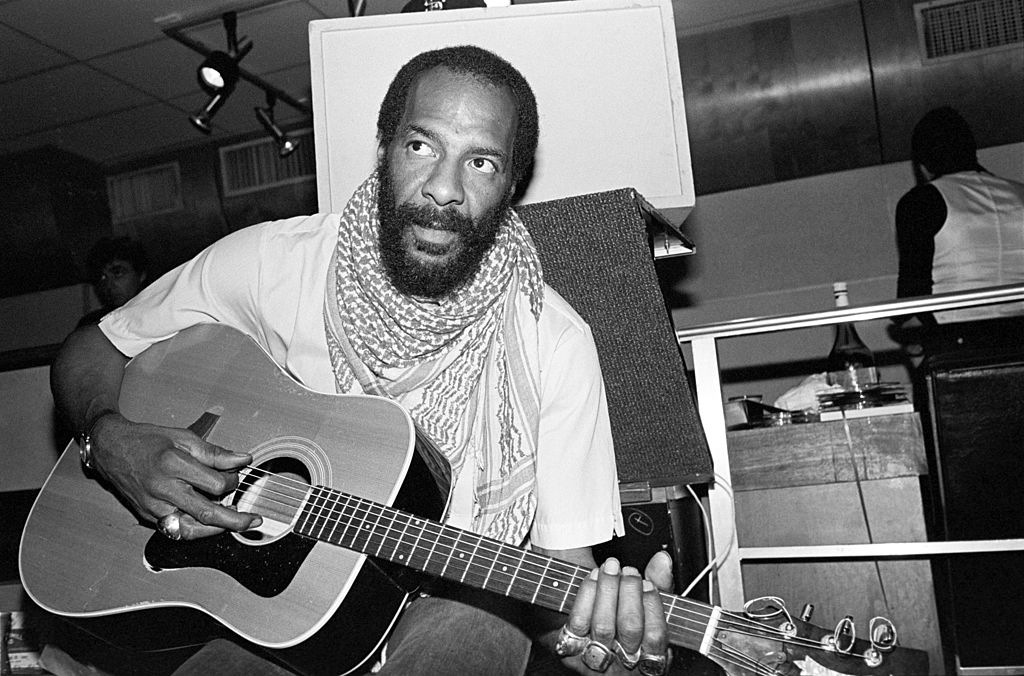
The opening act at Woodstock was none other than Richie Havens, a musician and New York native. The true artist wrote poetry and drew before his love for folk music prompted him to pick up a guitar.
His poetry background may have come in handy as he was picked up by Bob Dylan’s manager in the mid-’60s. He cranked out a handful of albums and combined folk, funk, and blues. His performance at Woodstock launched his career thanks to his loyal following of hippies.
Arlo Guthrie
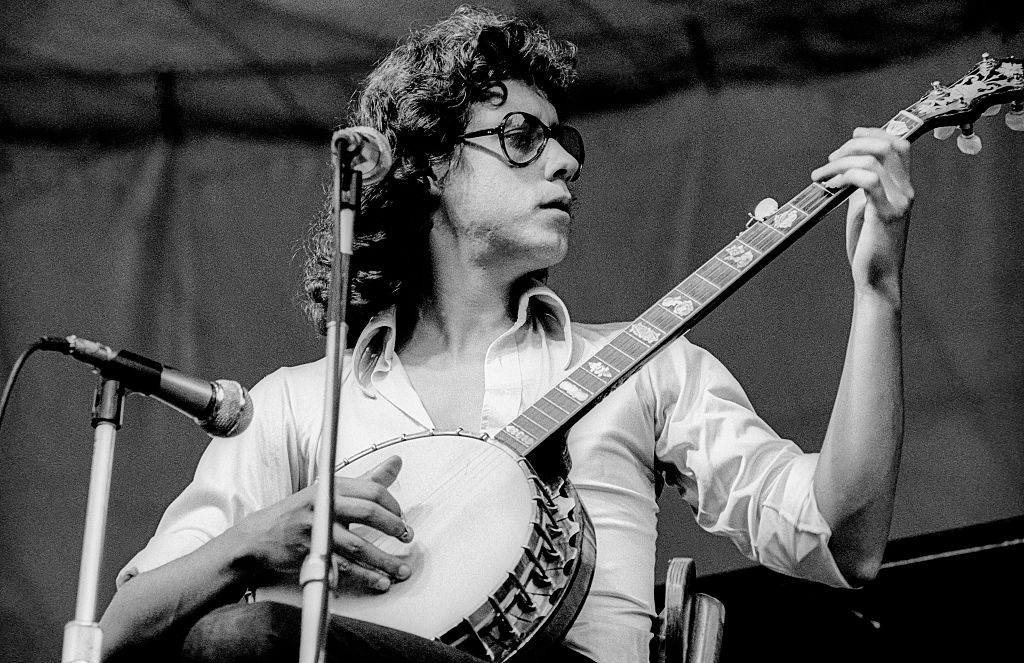
Arlo Guthrie was destined to be a folk star having been born to folk singer Woody Guthrie and composer Marjorie Guthrie. His musical family instilled a natural talent in Arlo that met with his anti-war support in his song “Alice’s Restaurant Massacree.”
The lengthy blues song put him on the map in the mid-’60s and earned him a recording deal. His counterculture lyrics made him a hit among hippies, which brought him from playing small venues to taking the stage at Woodstock.
Sly Stone
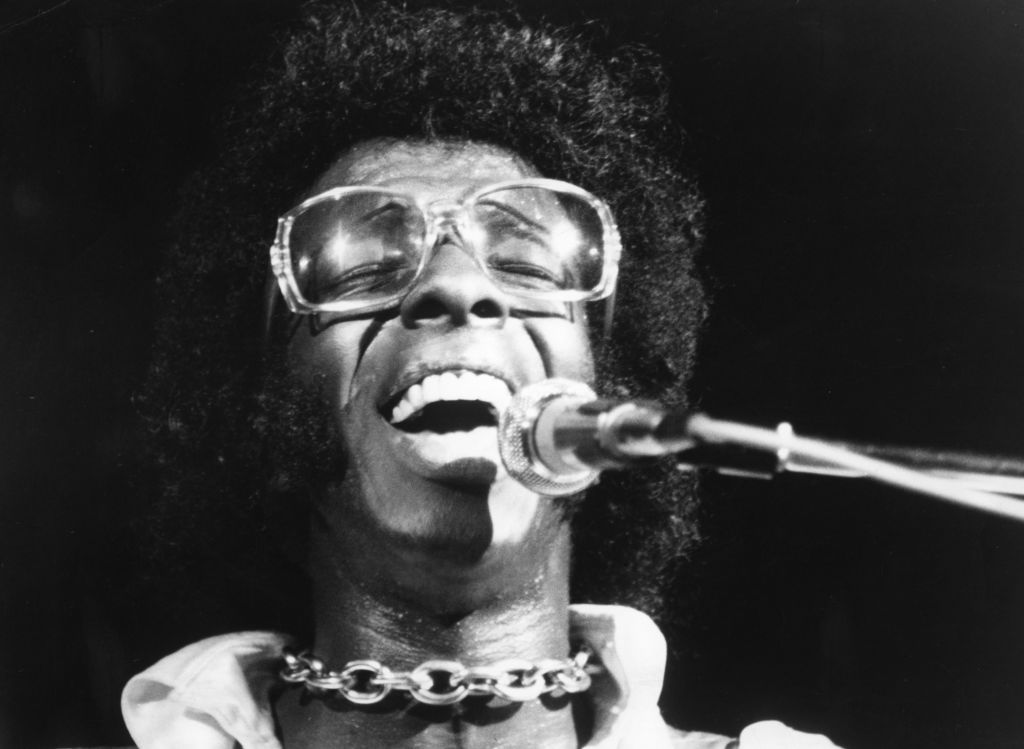
Sly Stone of the band Sly and the Family Stone brought funk to Woodstock. Though he was born in Texas, Sly was raised in the hippie movement’s central location, the San Francisco Bay Area.
The music prodigy mastered four instruments by the age of eleven and started joining bands in high school. By the mid-’60s he was a disc jockey for a soul station based out of San Francisco. Around that time is when he formed his own band. The multiracial bandmates were an illustration of the human rights hippies were fighting for.
Jimi Hendrix
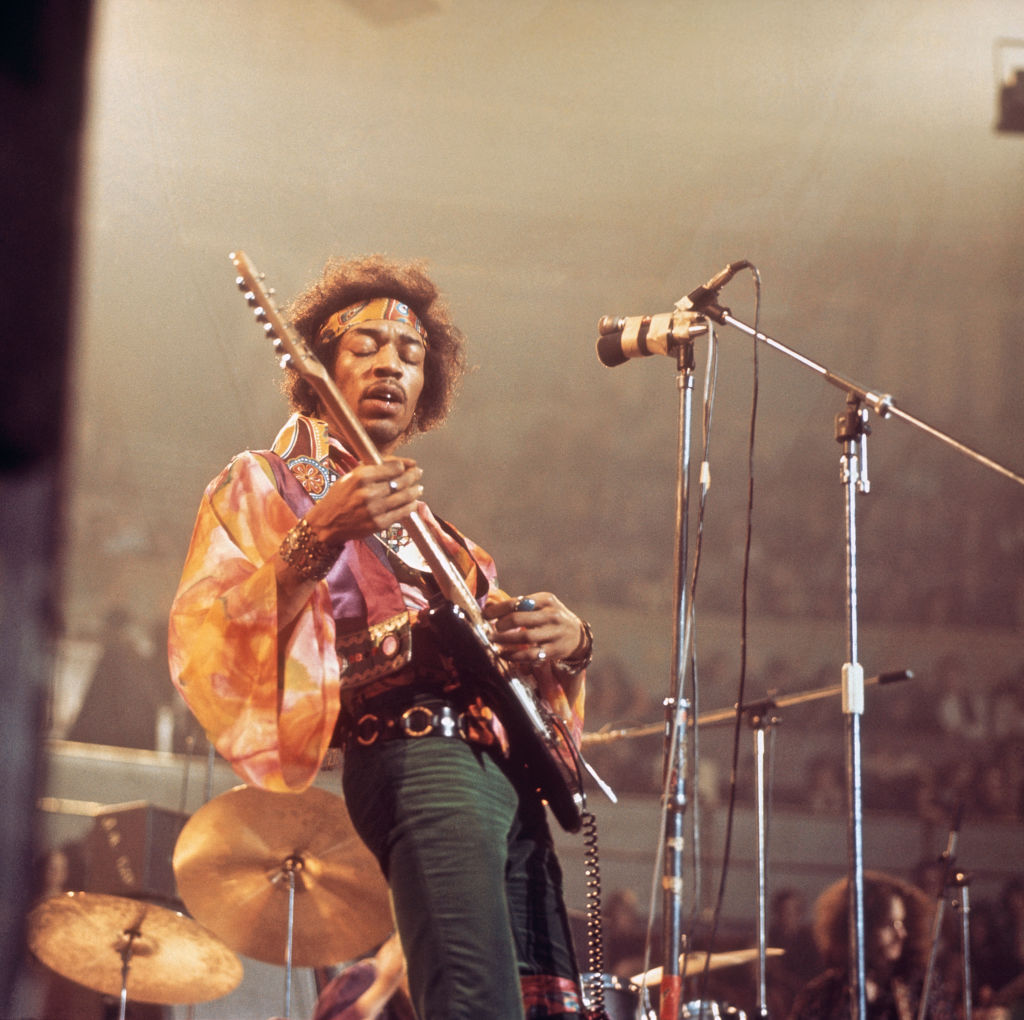
Despite his career only lasting a handful of years, Jimi Hendrix is still regarded as one of the greatest guitarists of all time due to his massive influence. True to the hippie embrace of positive change, Jimi dared to be different for the sake of making something better.
The music pioneer was at the top of his game when he performed at Woodstock. Hippies flocked to see Jimi perform. His fashion, sound, and way of life was riddled with hippie influence.
John Fogerty
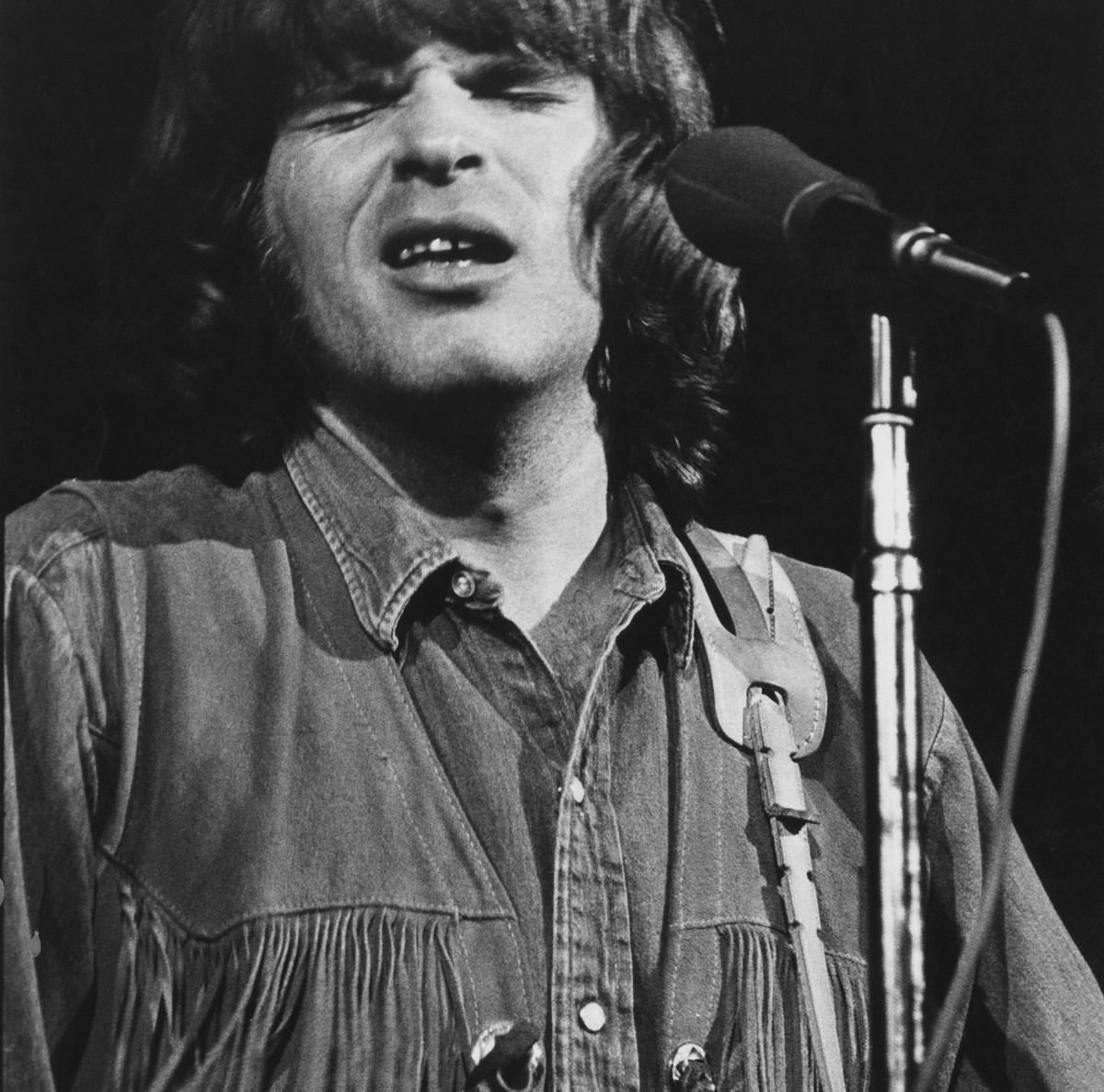
Sporting long hair and longer fringe, John Fogerty stepped onto the stage at Woodstock with his band Creedence Clearwater Revival. Years prior, he’d had to walk away from his band due to being drafted into the Army.
Upon his return, the band was finally able to find the commercial success they had lacked years prior. Their rock hits like “Susie Q” and “Proud Mary” landed them a spot in the Woodstock lineup and more success in the years to follow.
John Lennon
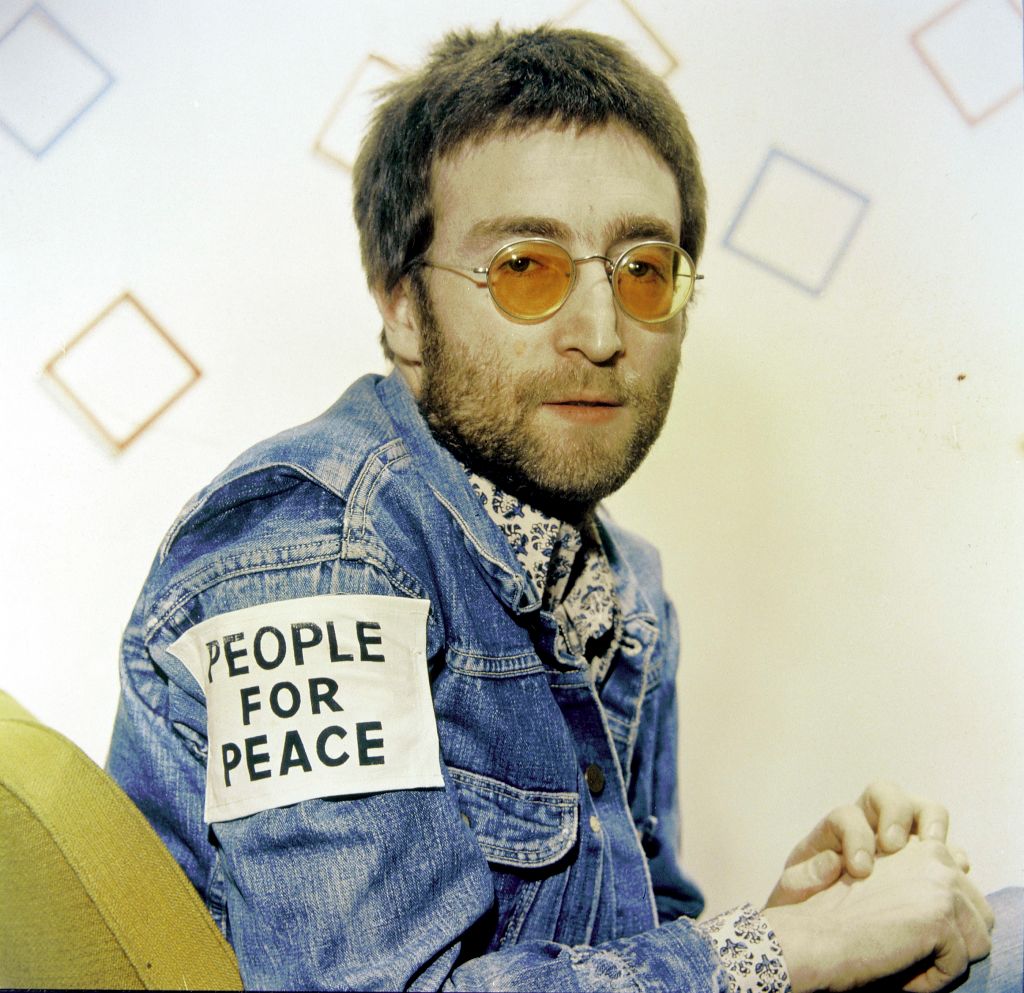
As the frontman of The Beatles, John Lennon was already a huge name by the mid-1960s. Once his fame was secured, he was able to let his political voice shine through. After receiving some backlash, Lennon won over the hearts of America again with his song “All You Need Is Love.”
The song was practically an anthem for the hippie movement. Throughout the 1970s, Lennon continued to be an outspoken activist as he pursued a solo career.
Carlos Santana
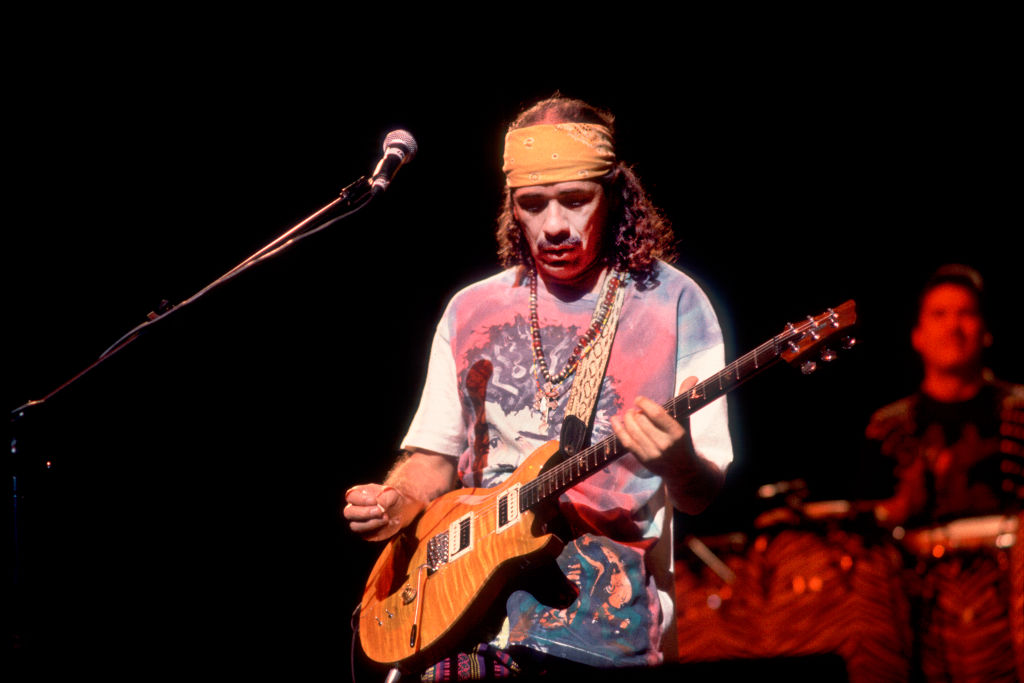
Carlos Santana has remained so prevalent in the music world that it’s hard to remember he was around back in the ’60s. The then-novice guitarist took to the stage at Woodstock the same year that his band was signed to Columbia Records.
Their first album was set to release after the famous music festival, which made the performance that much more of a fantastic shock among hippies. Santana’s distinct sound has attracted artists and audiences alike ever since.
Nancy Sinatra
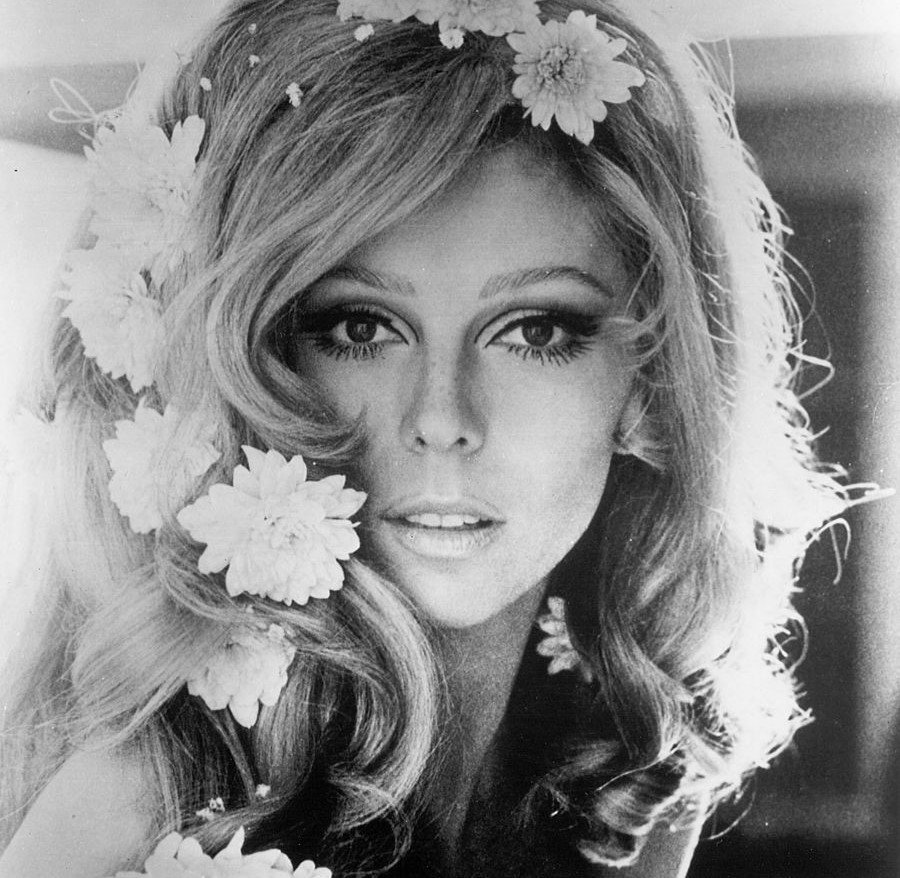
Nancy Sinatra’s father was none other than the great performer Frank Sinatra. Her style transcended that of her famous dad’s by utilizing the hippie influence that emerged in the ’60s.
Not only did Nancy adorn her hair with flowers and wear colorful outfits, but she also recorded a song that oozed with female confidence for the time. “These Boots Are Made For Walkin'” is still one of her most popular numbers.
